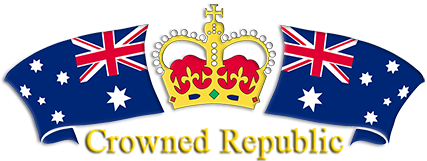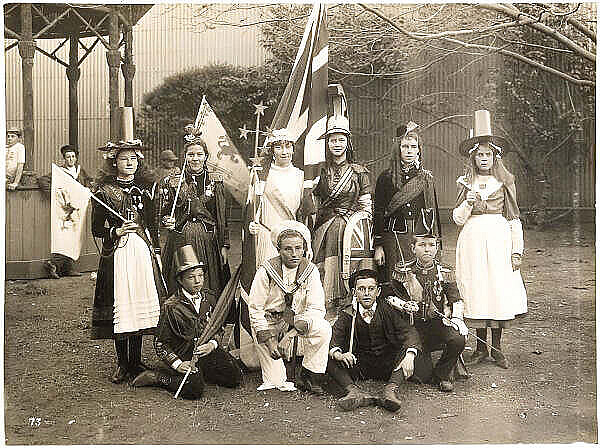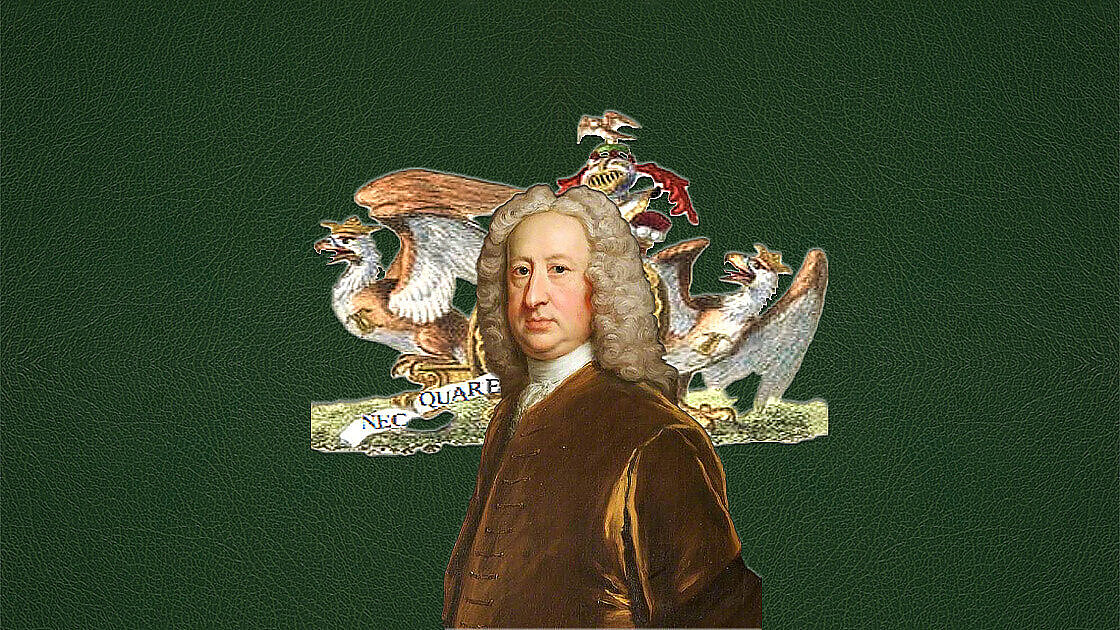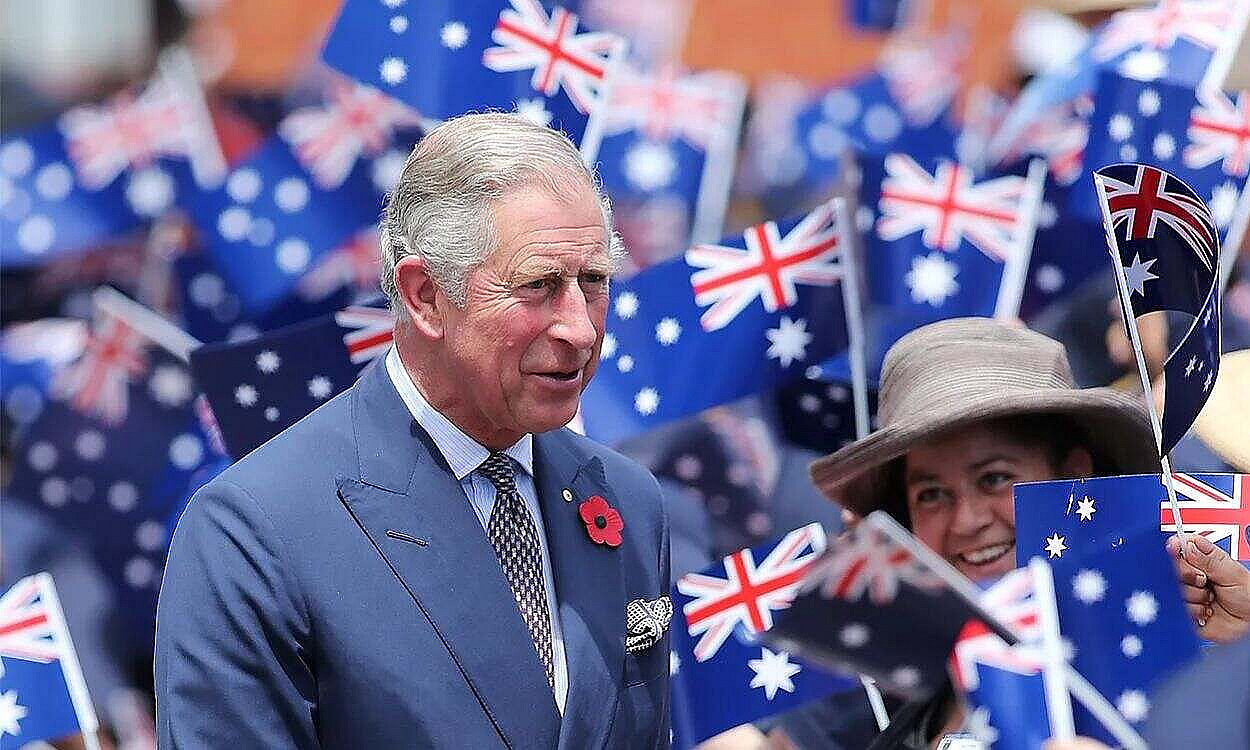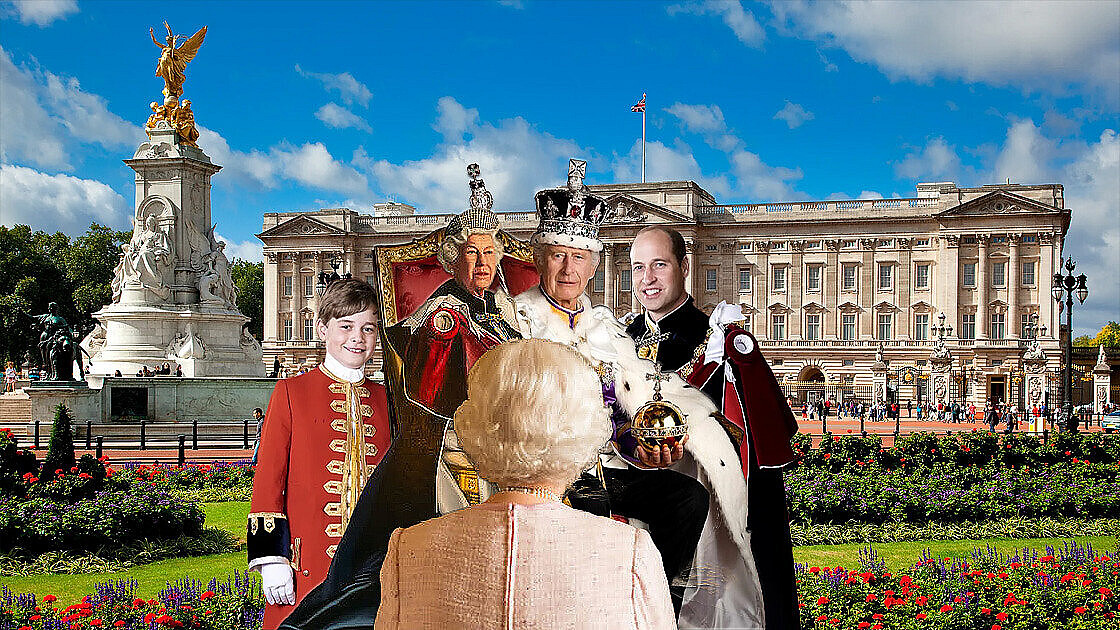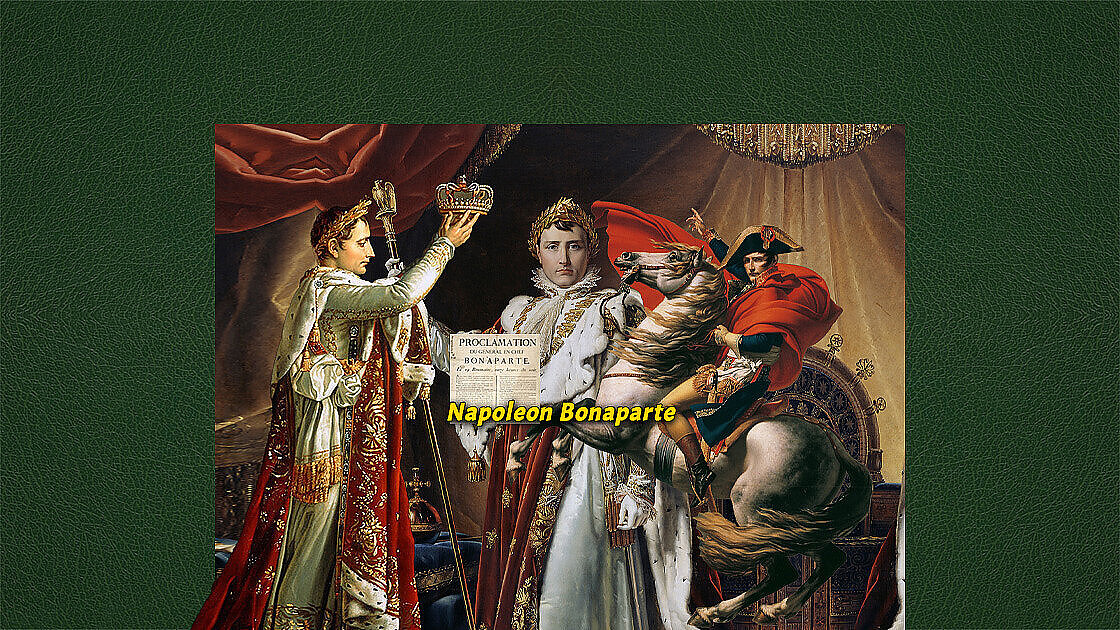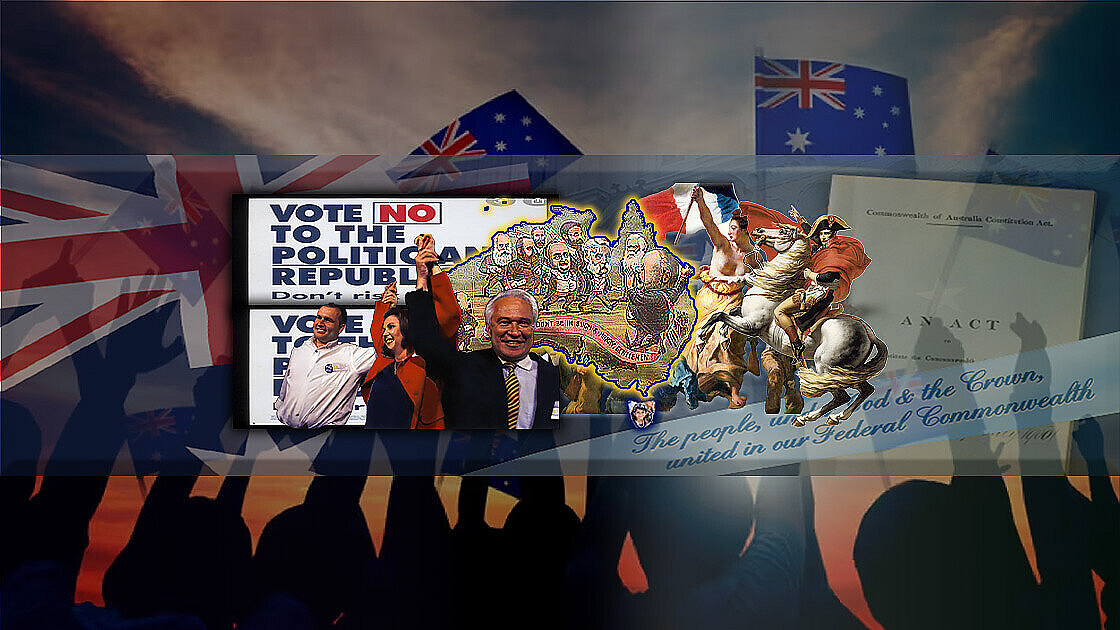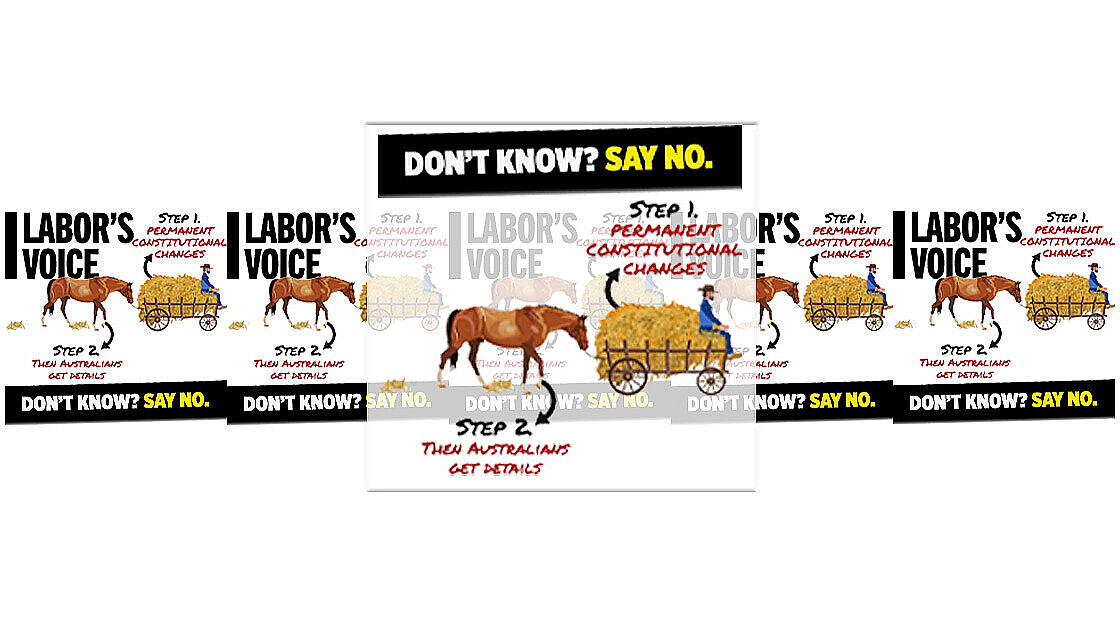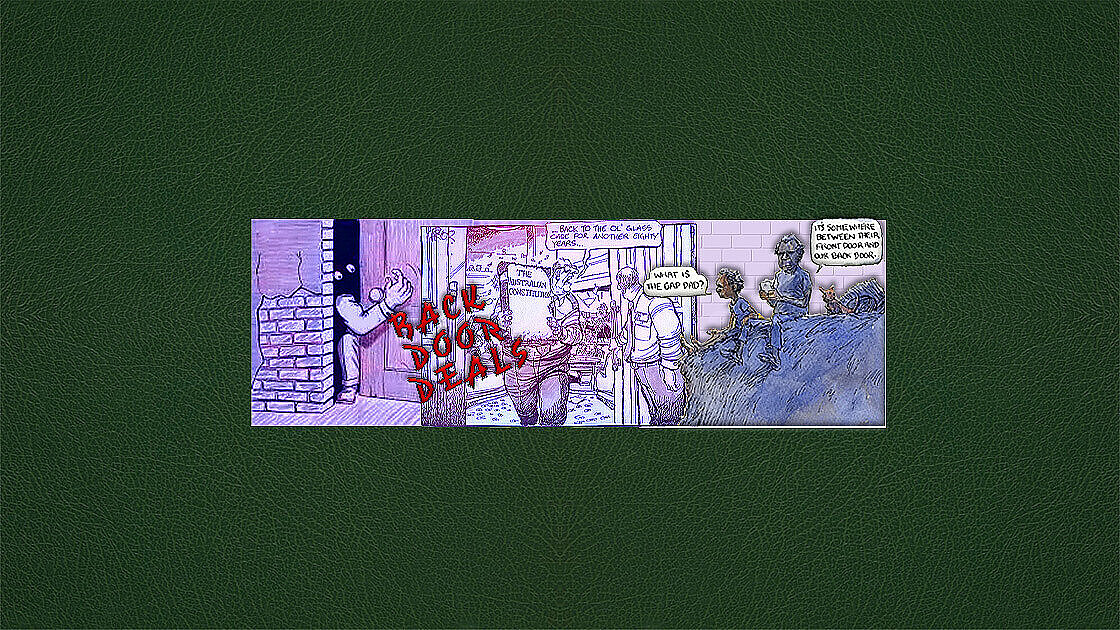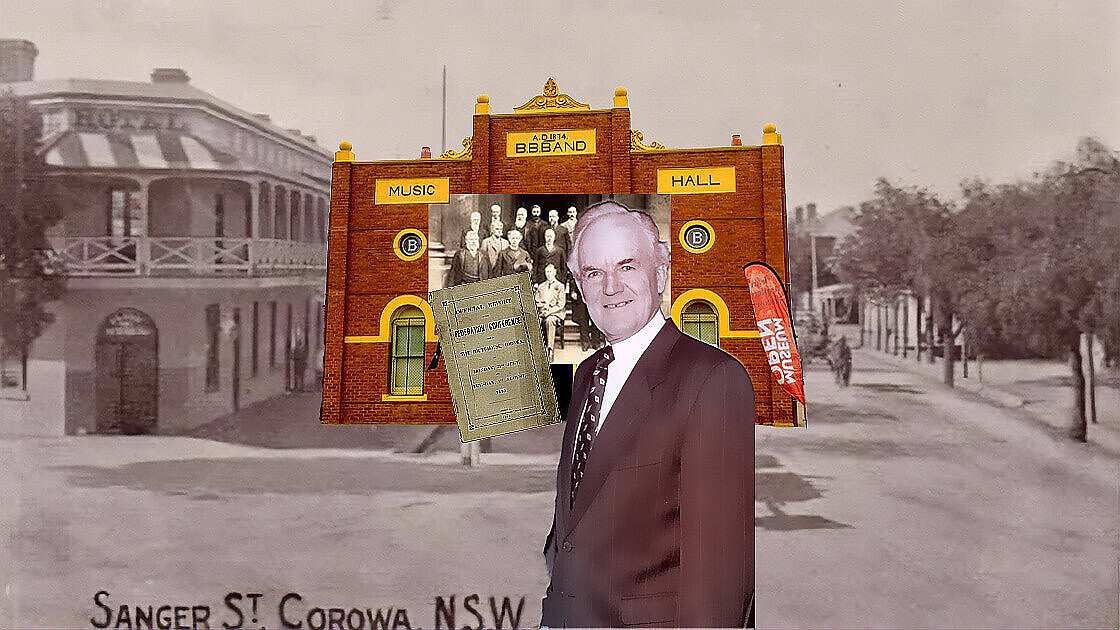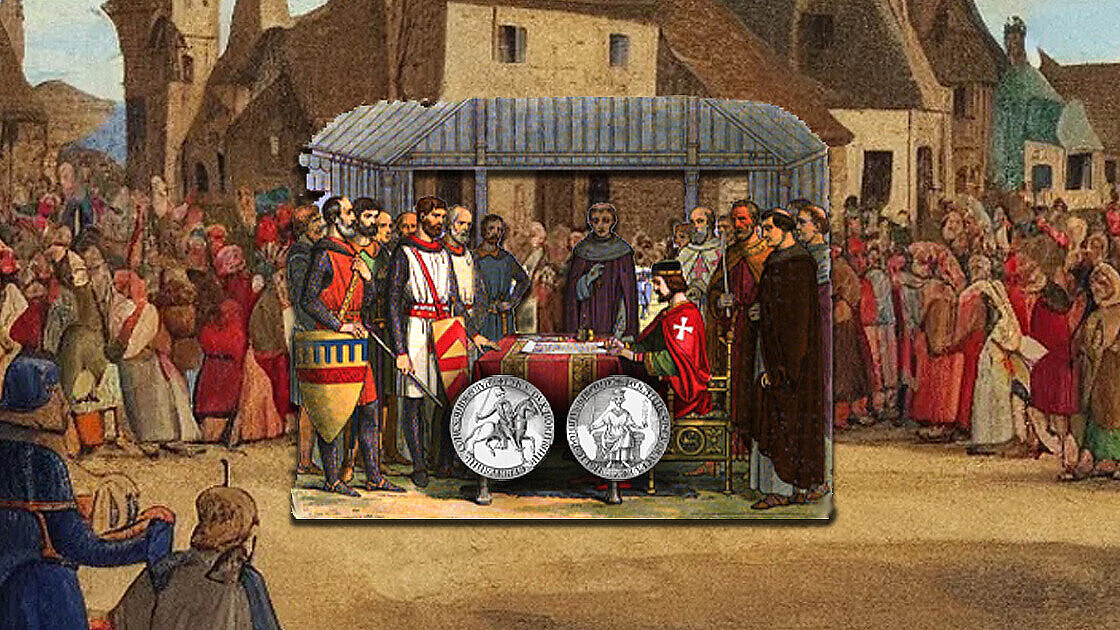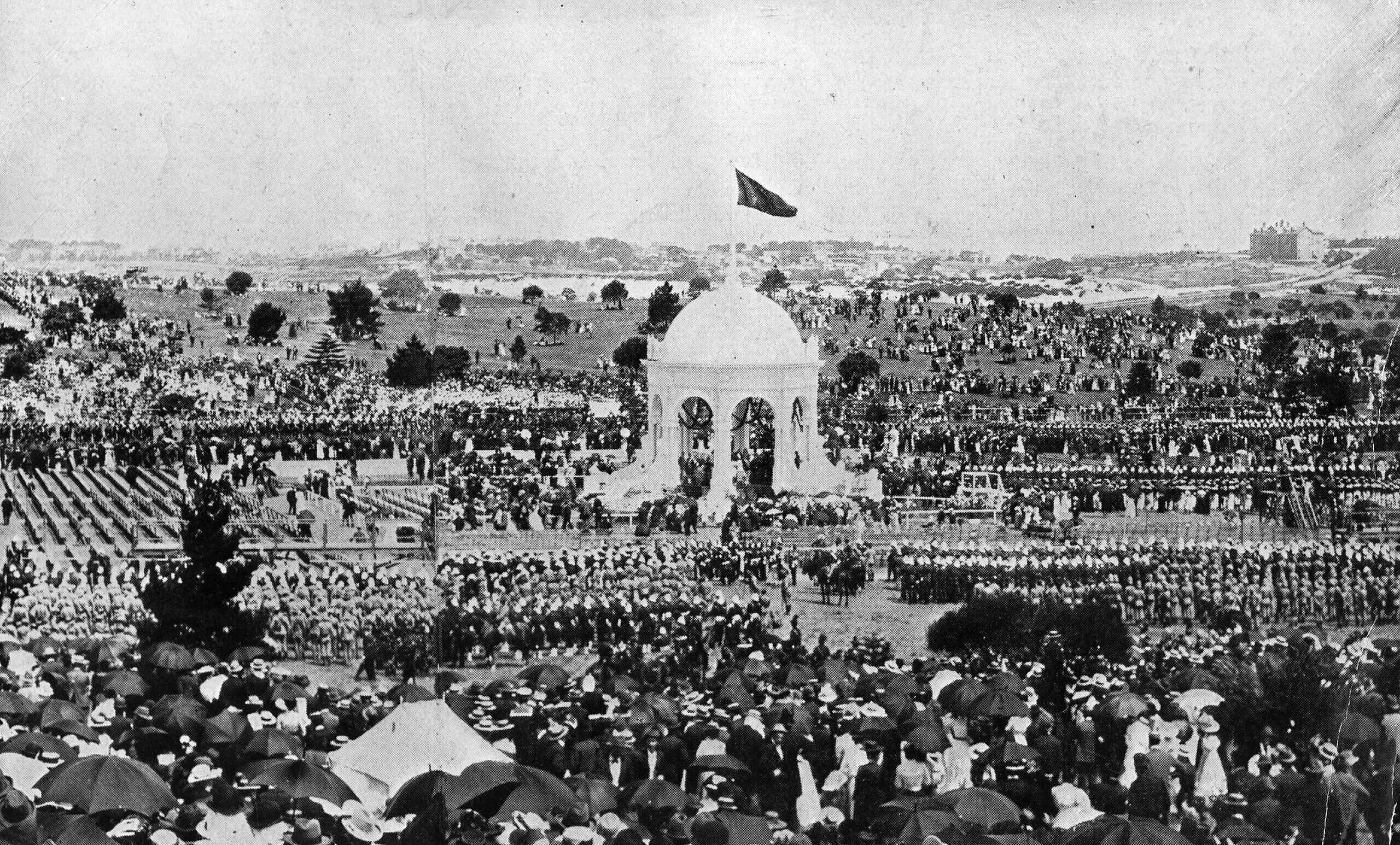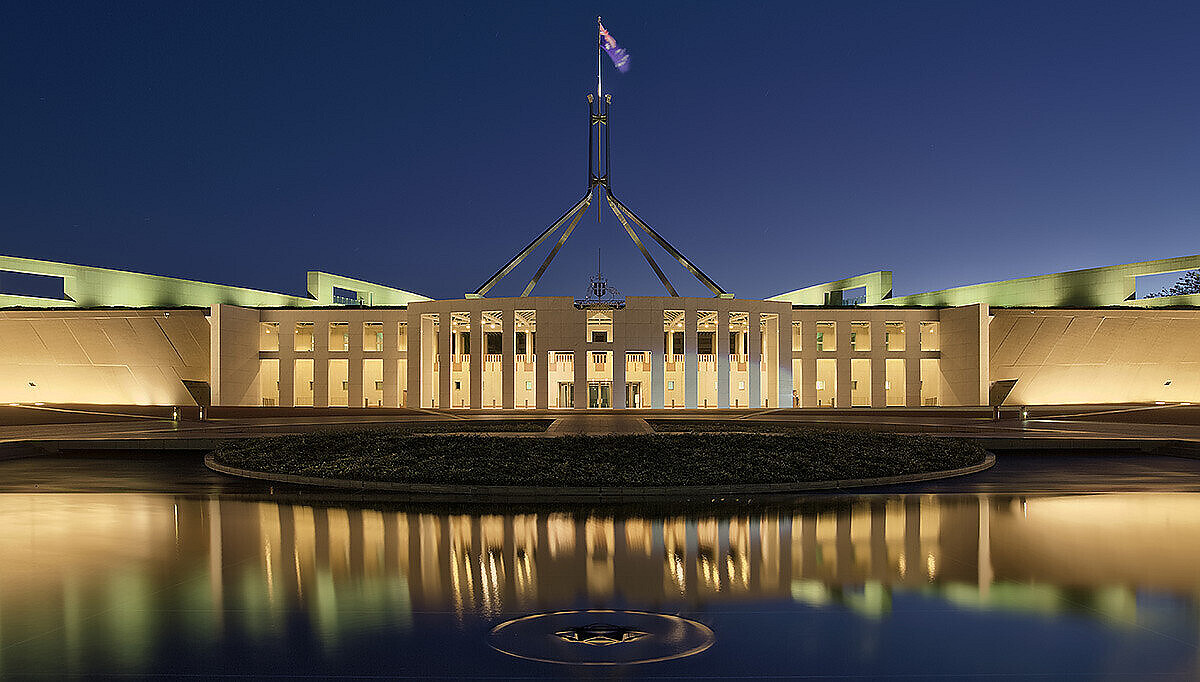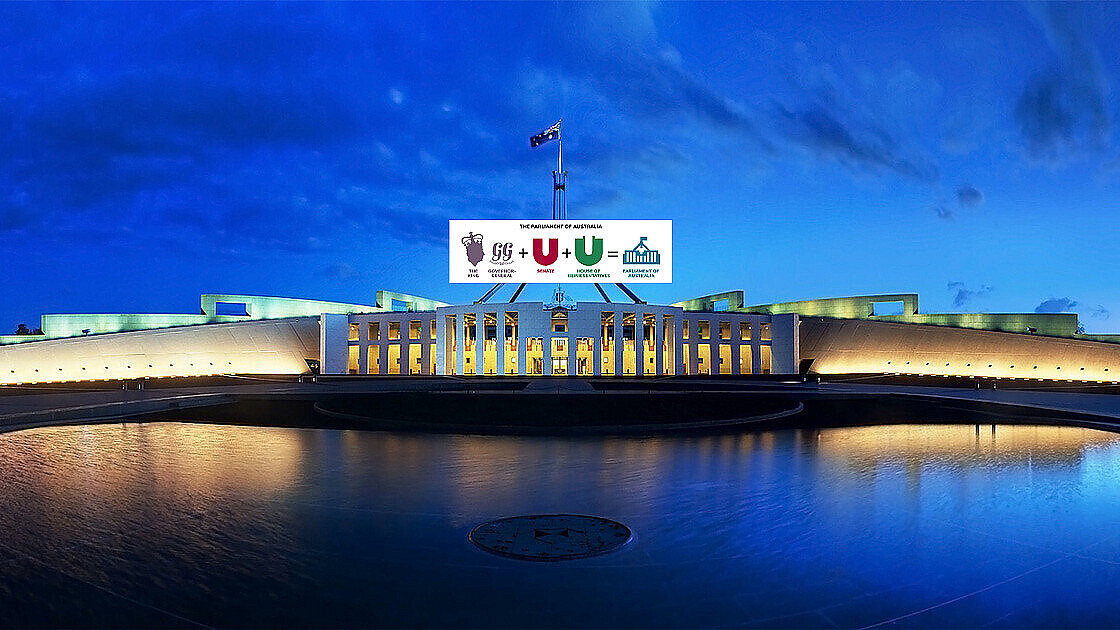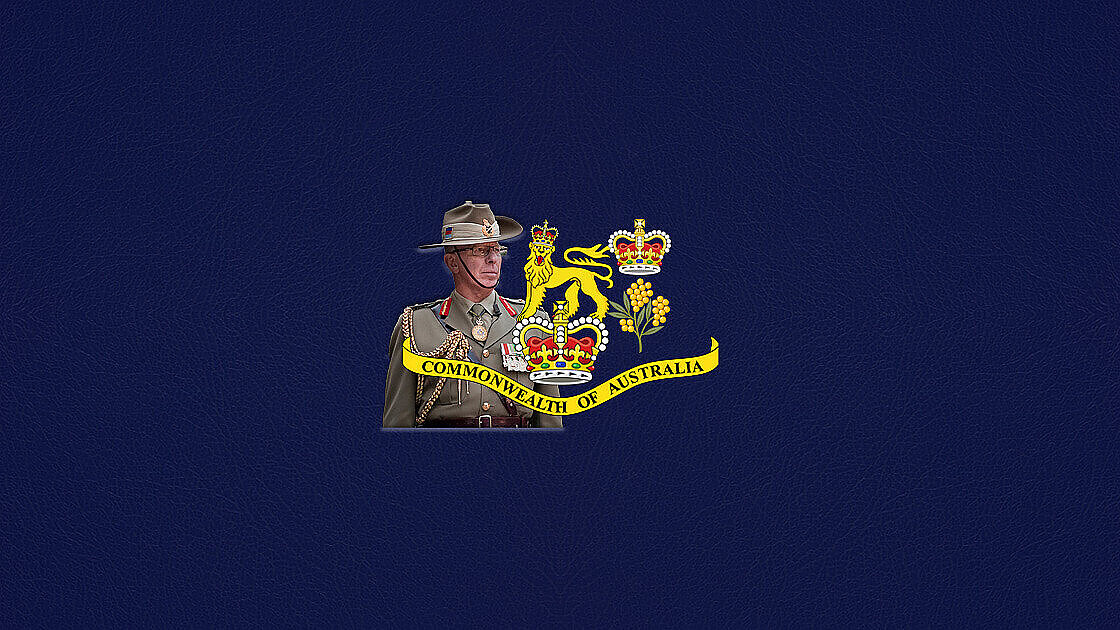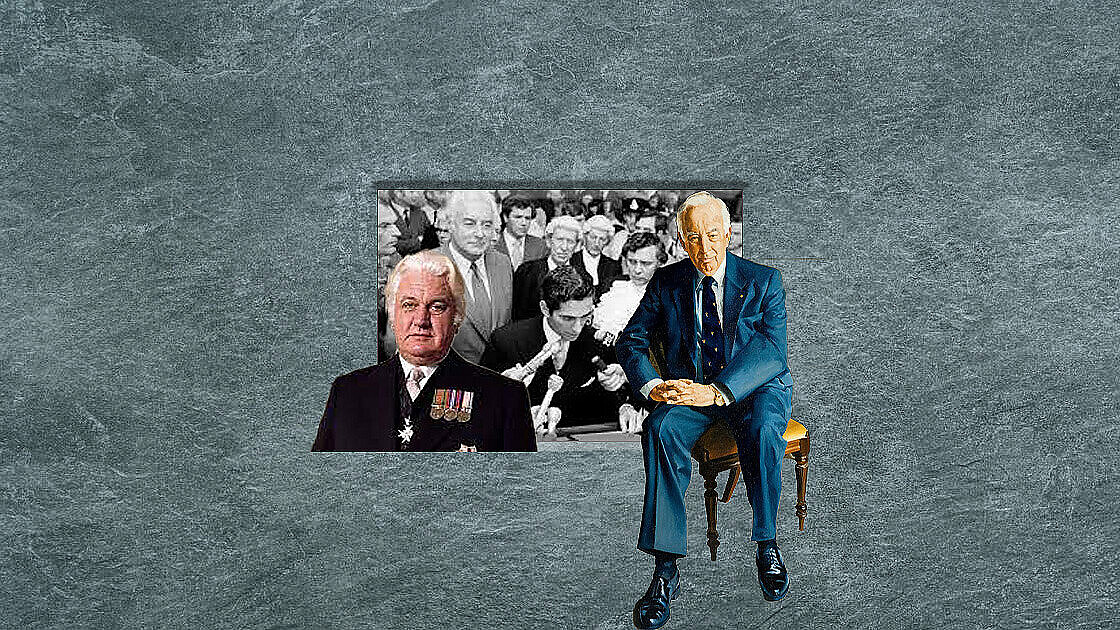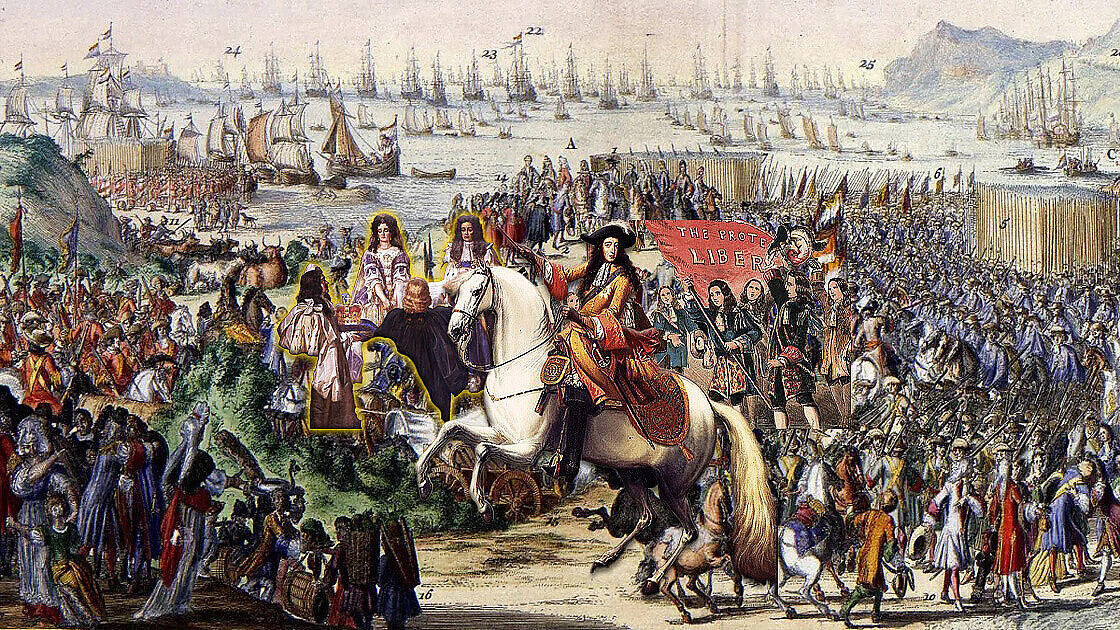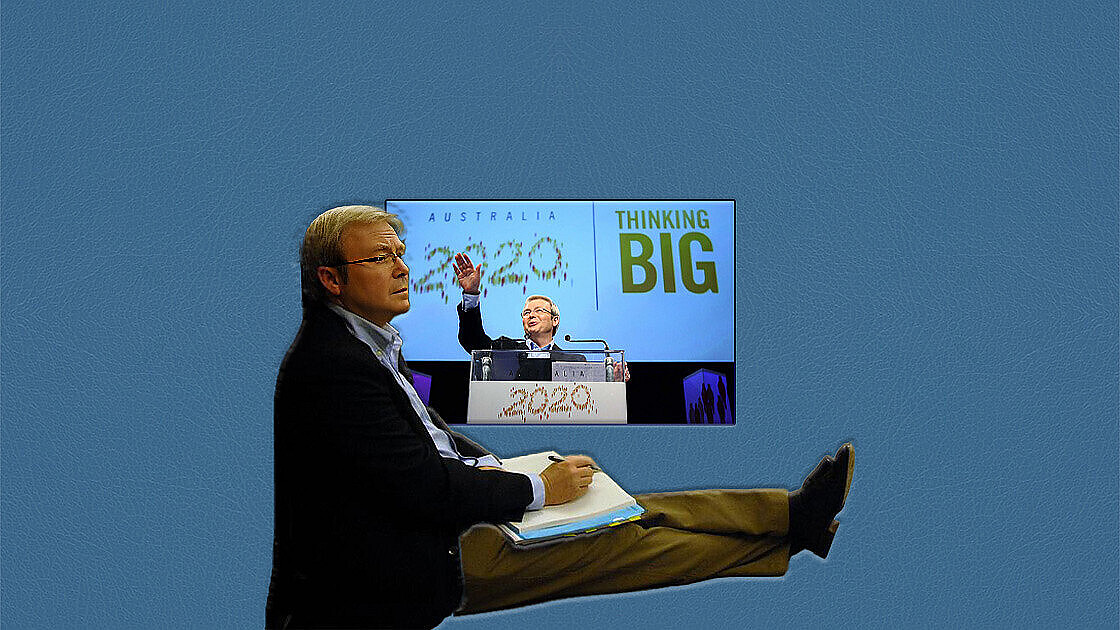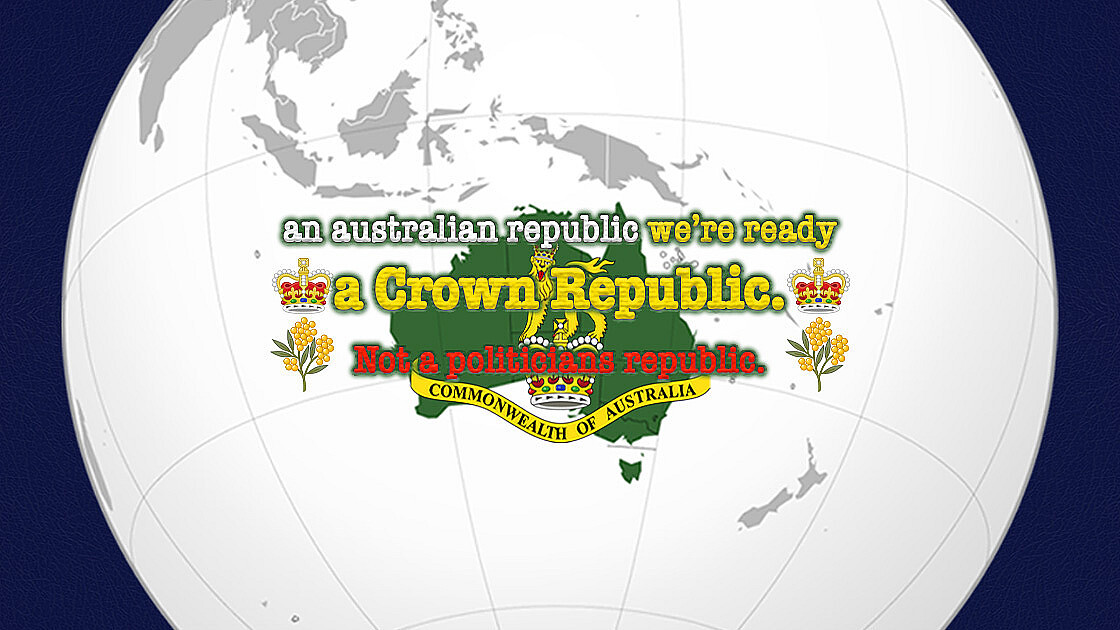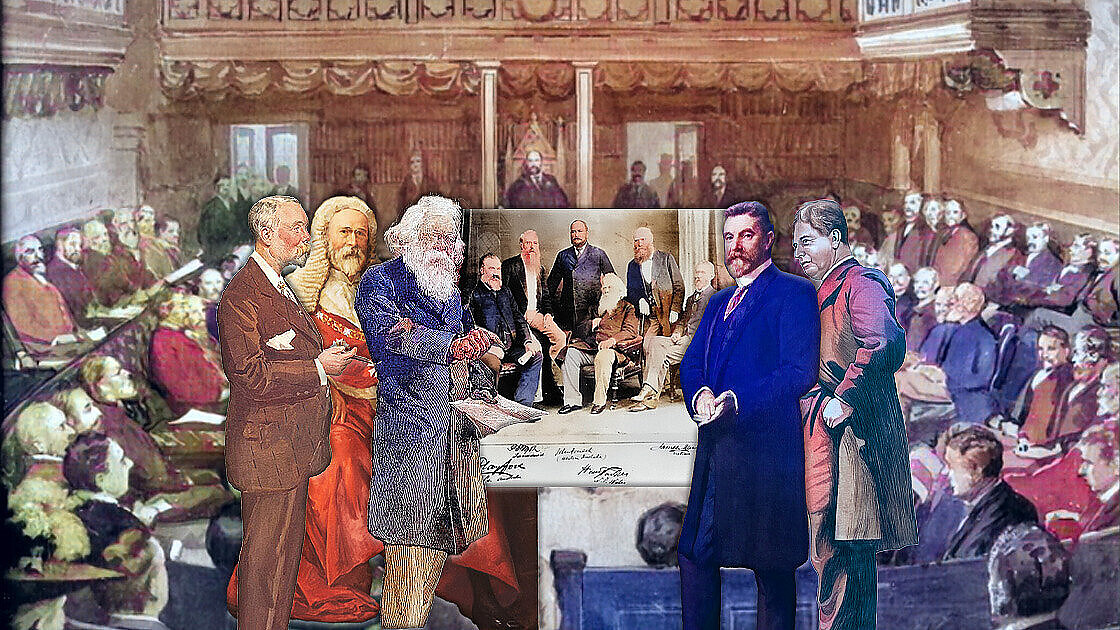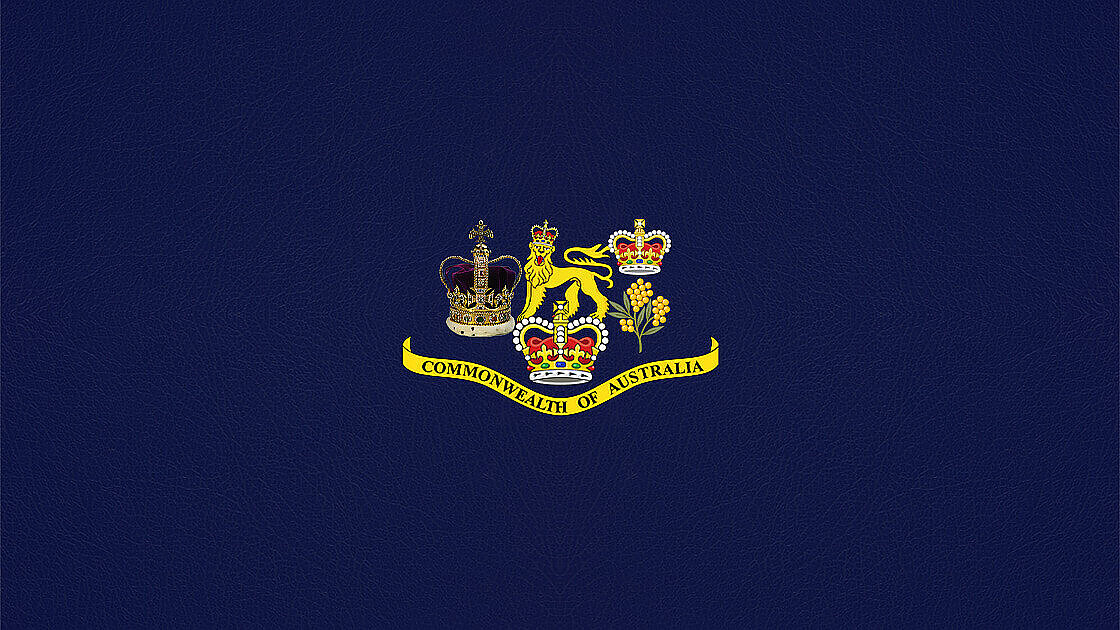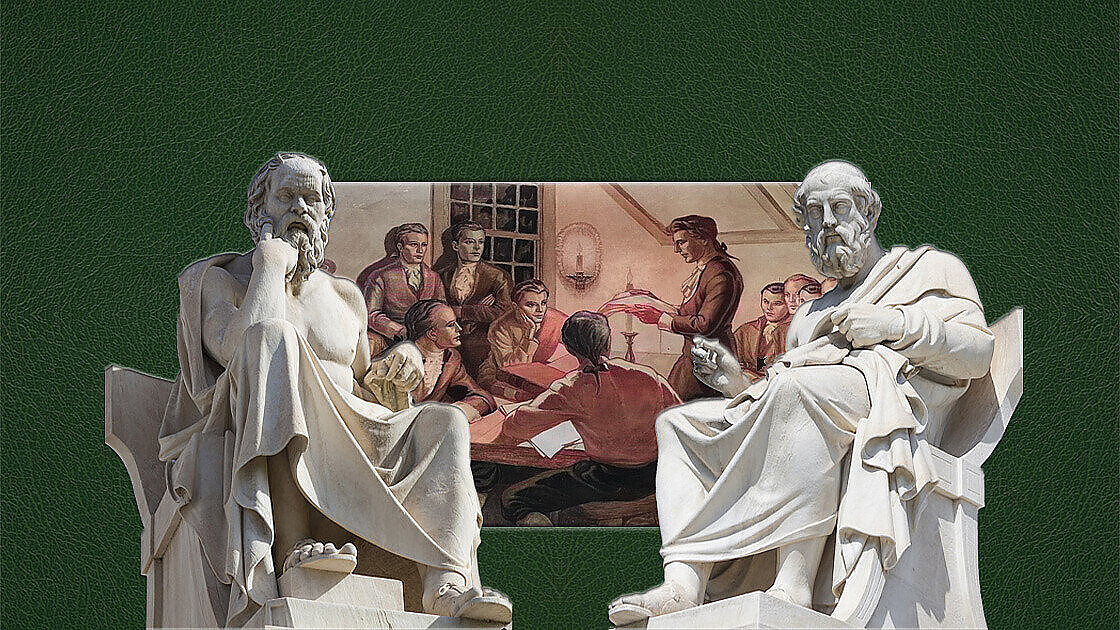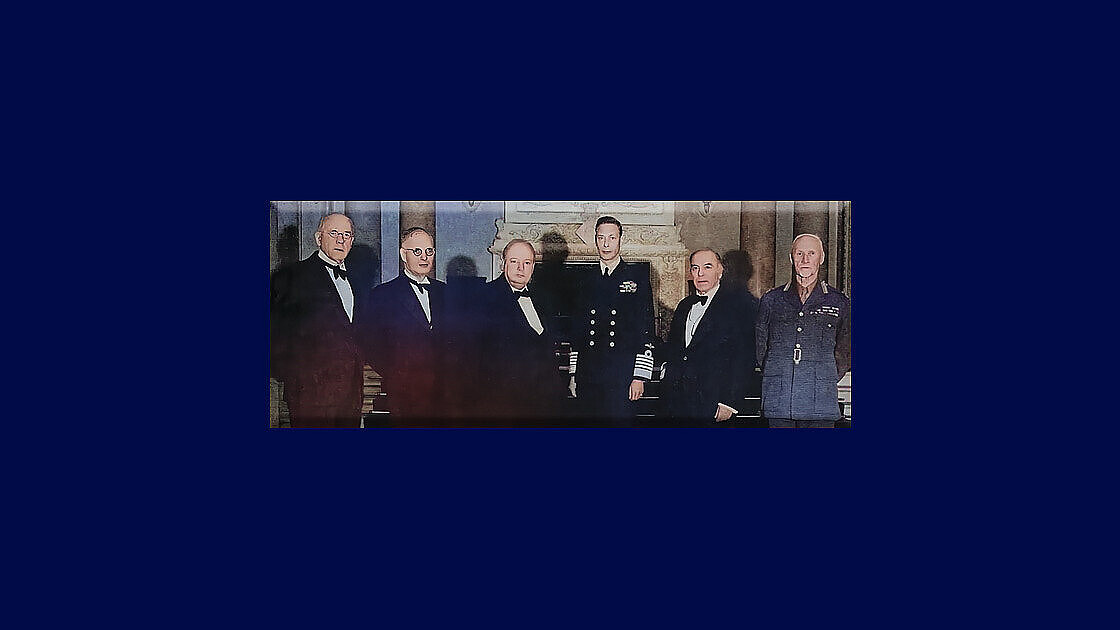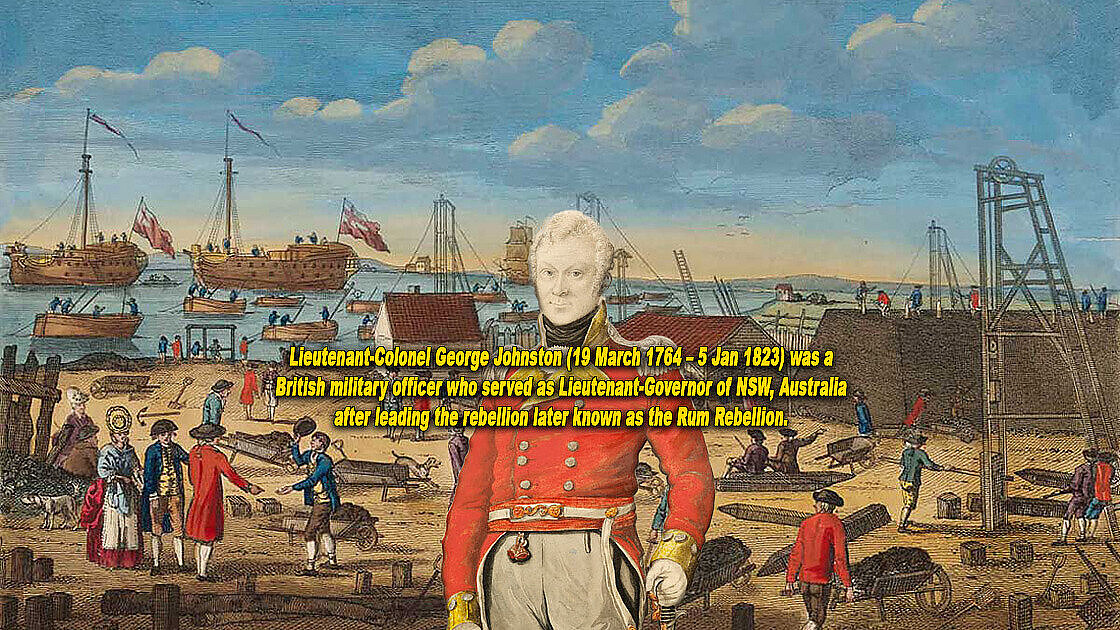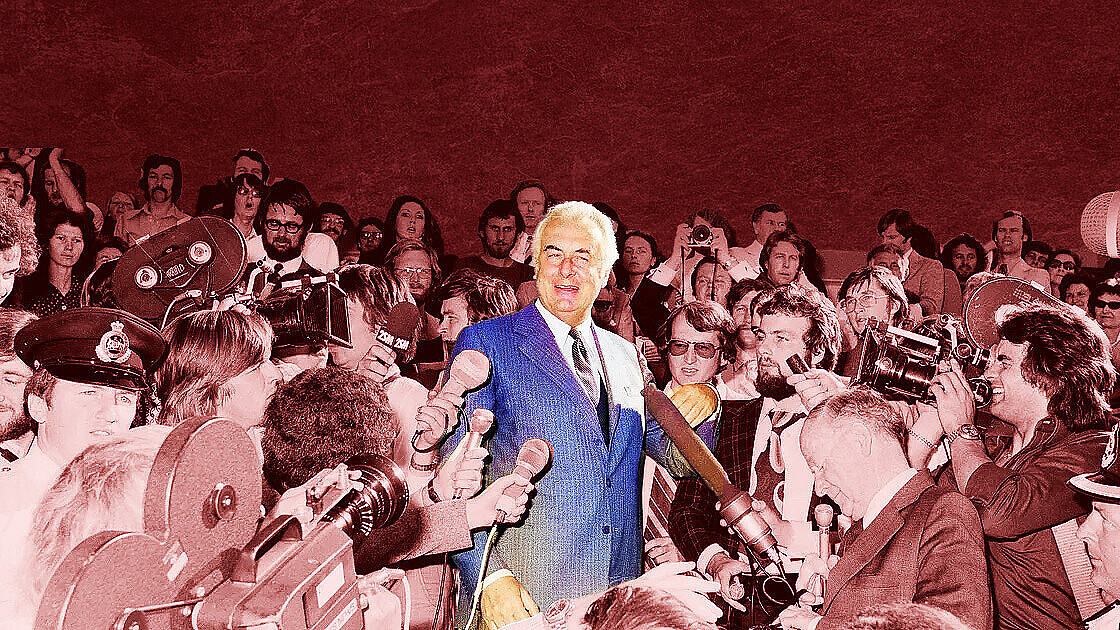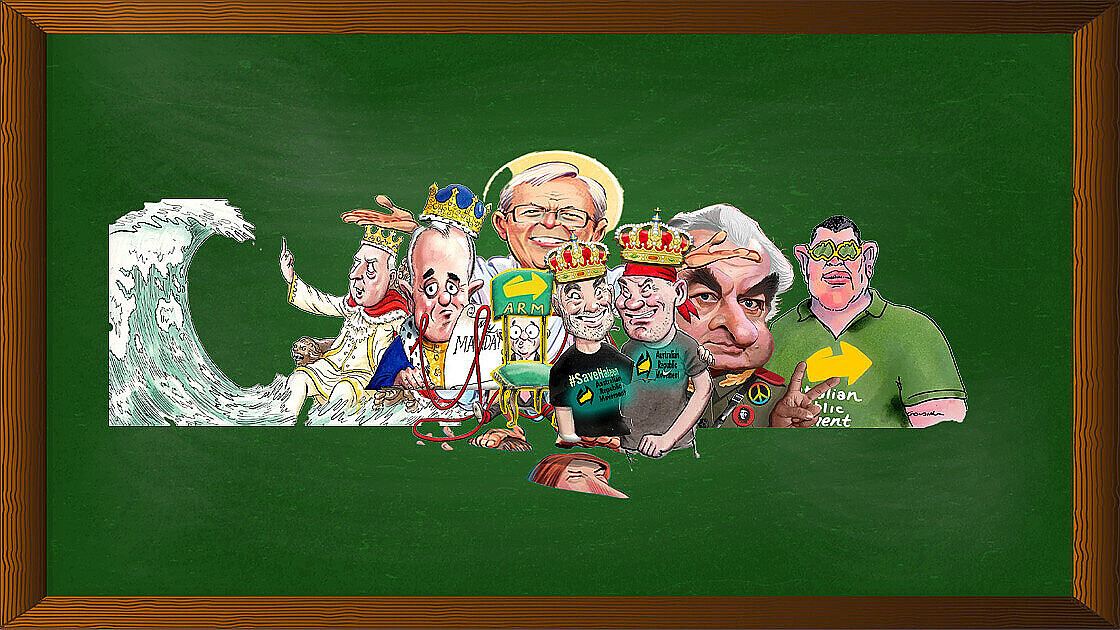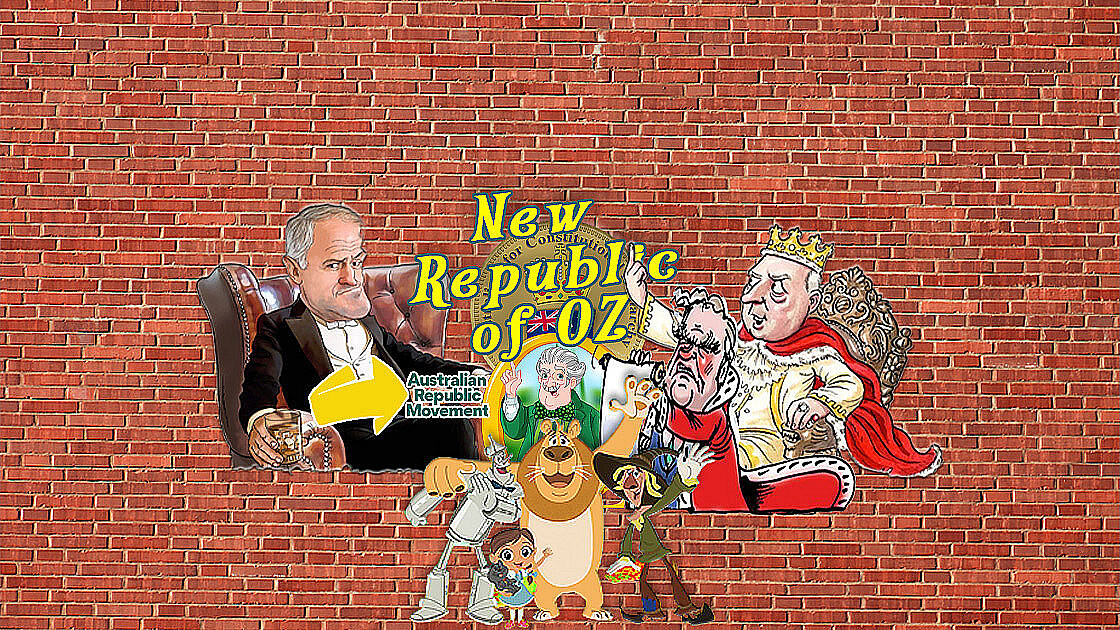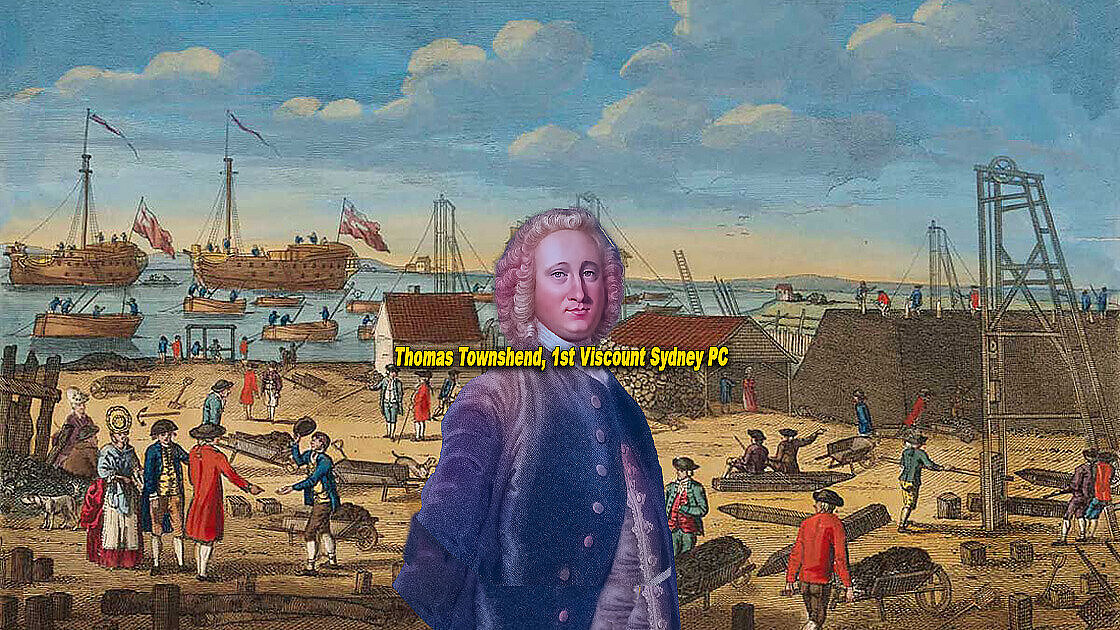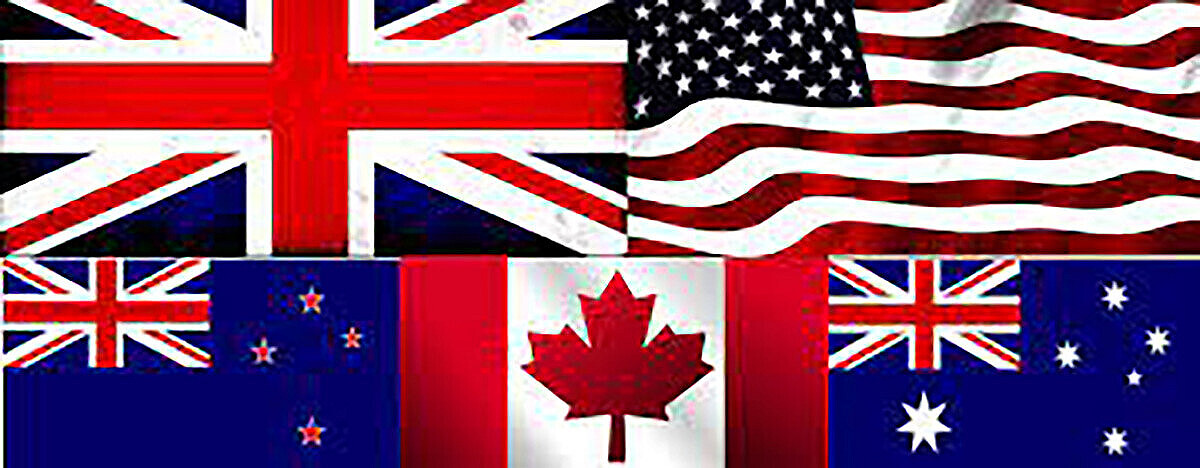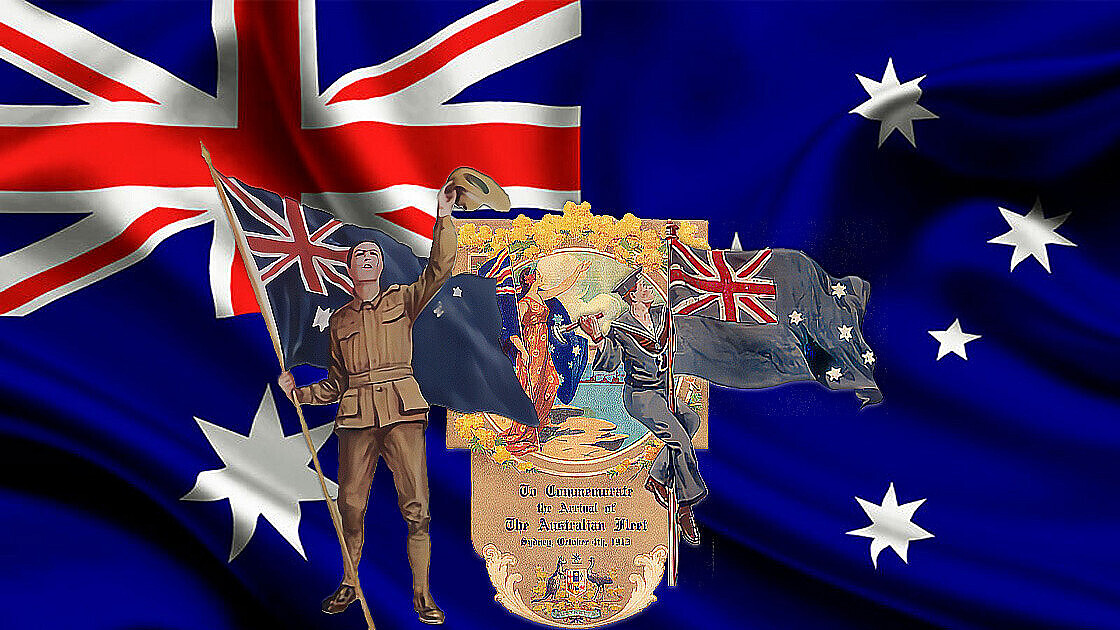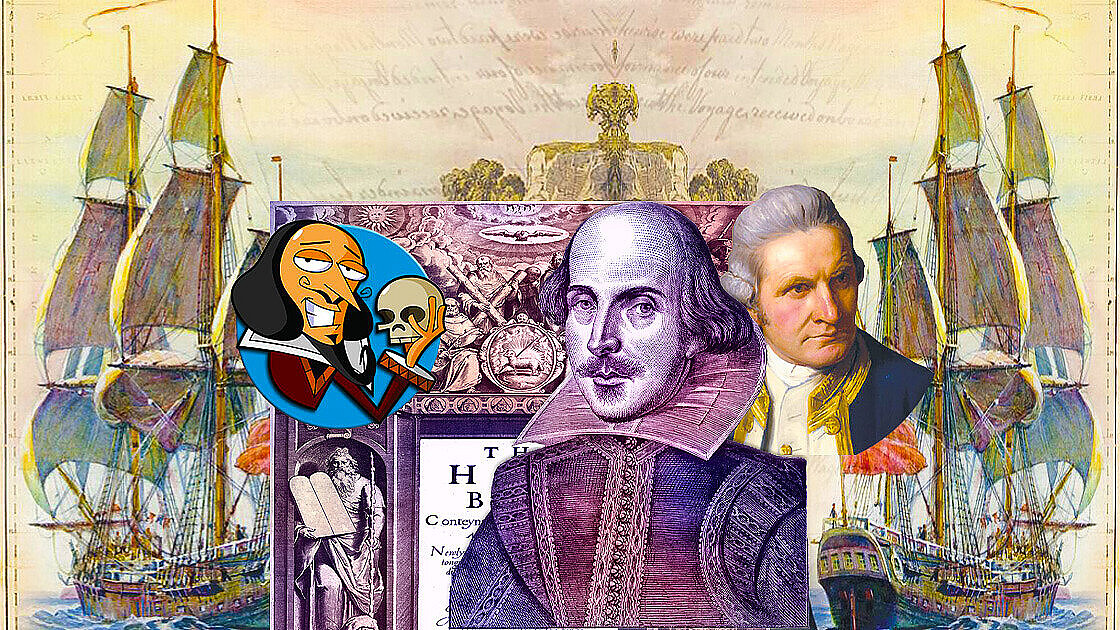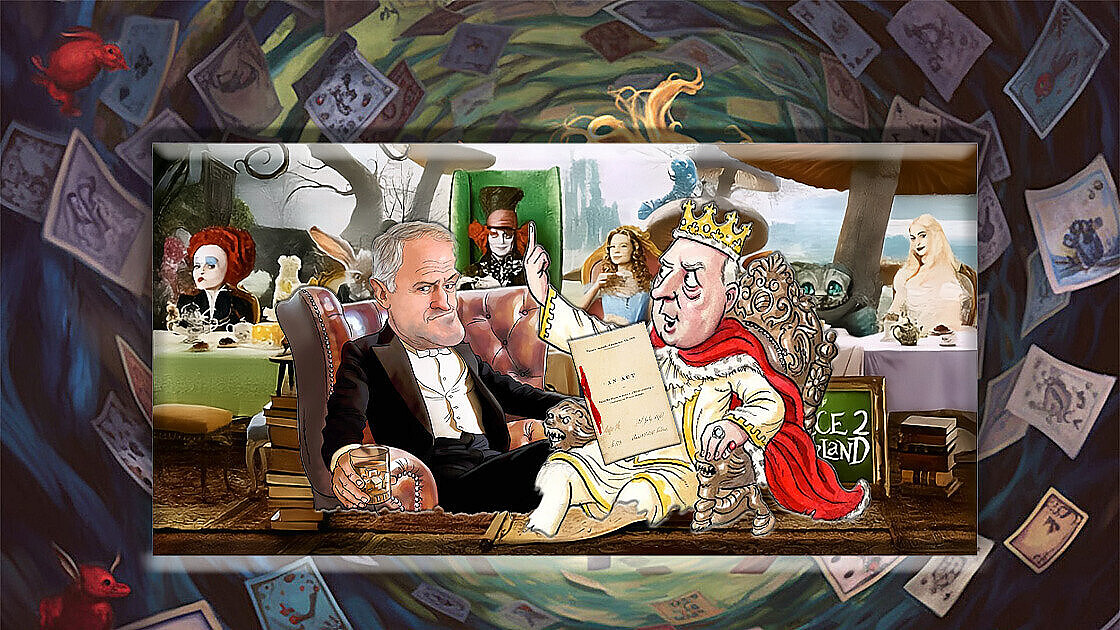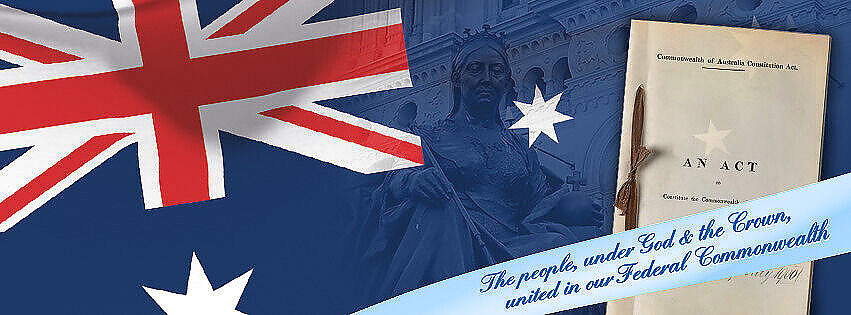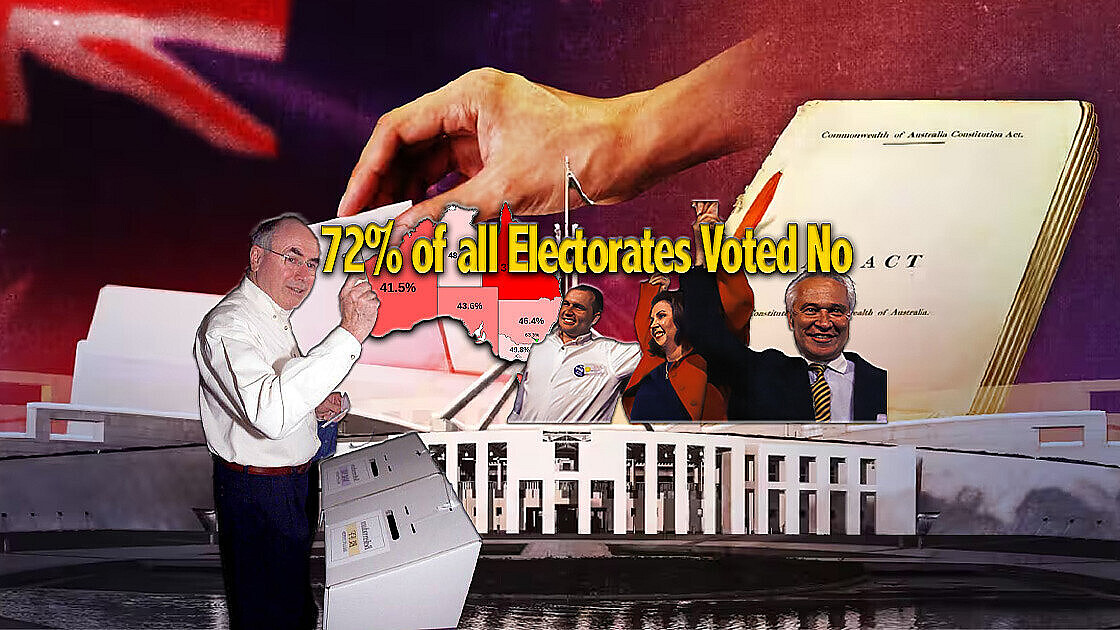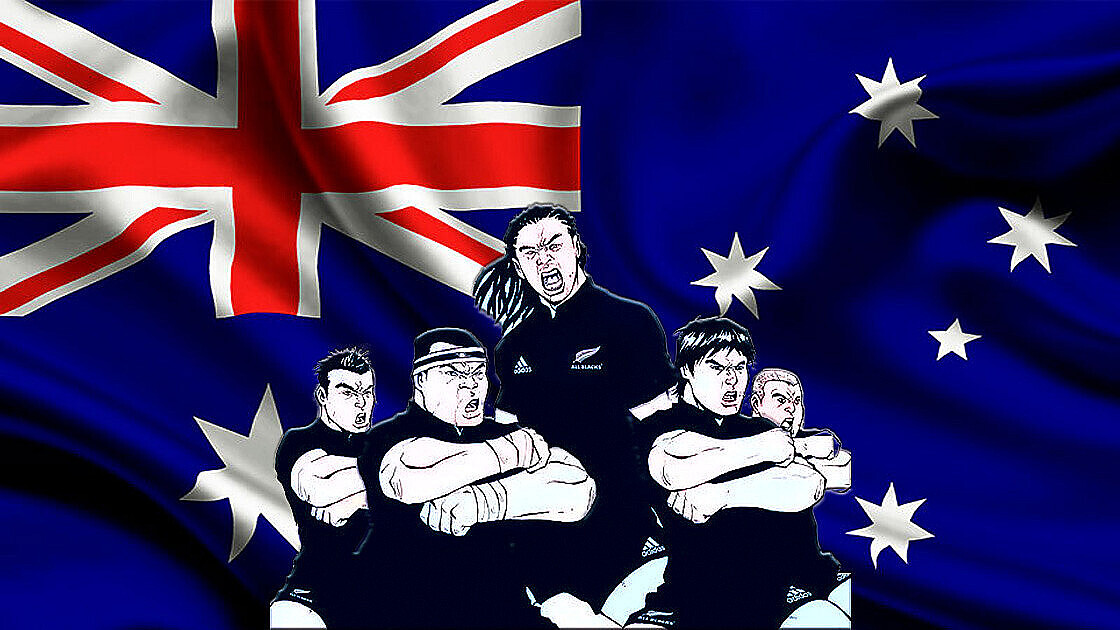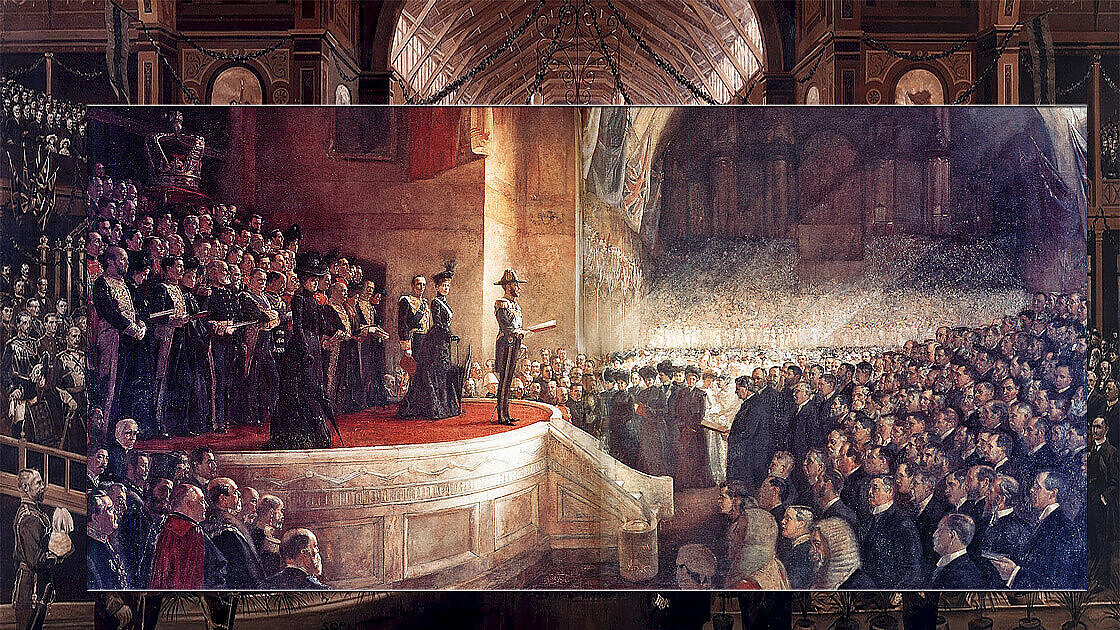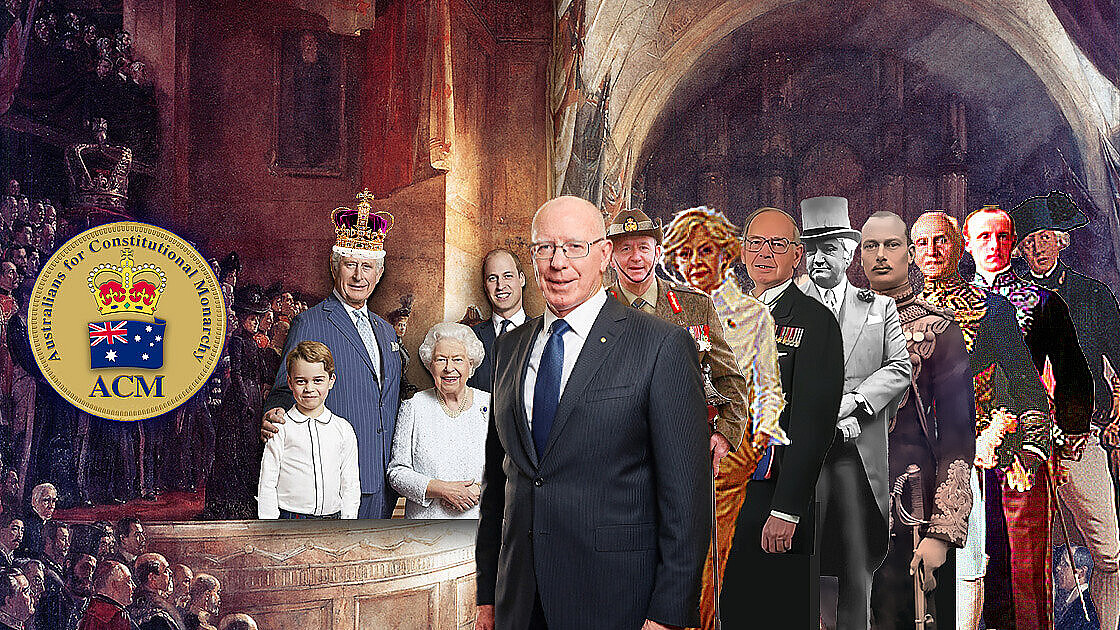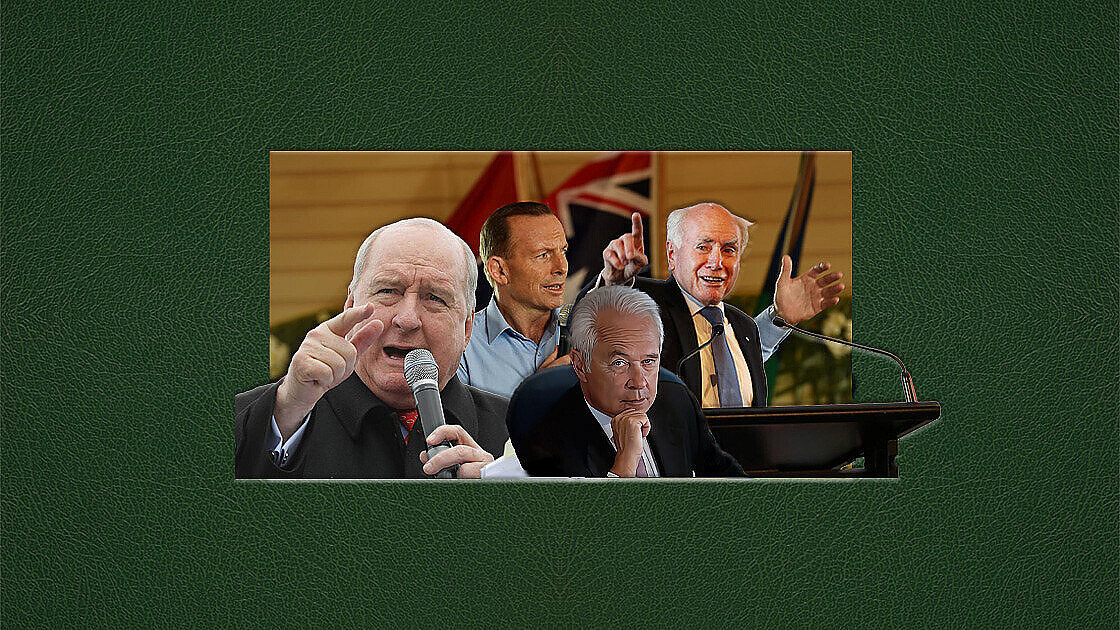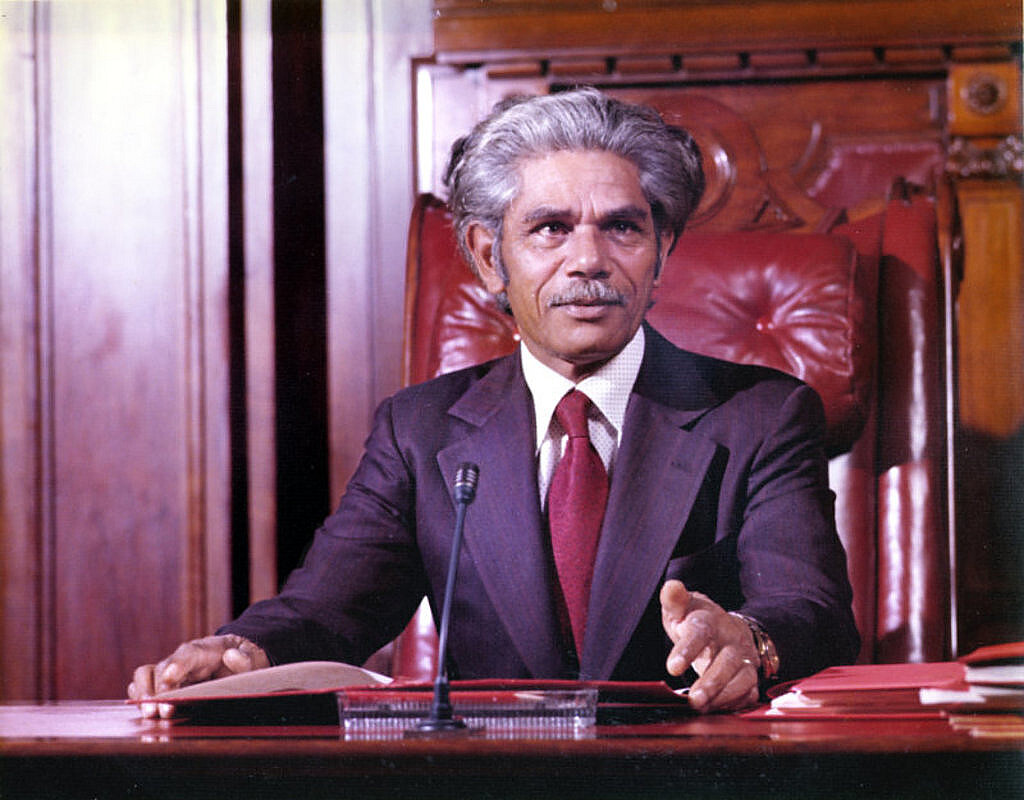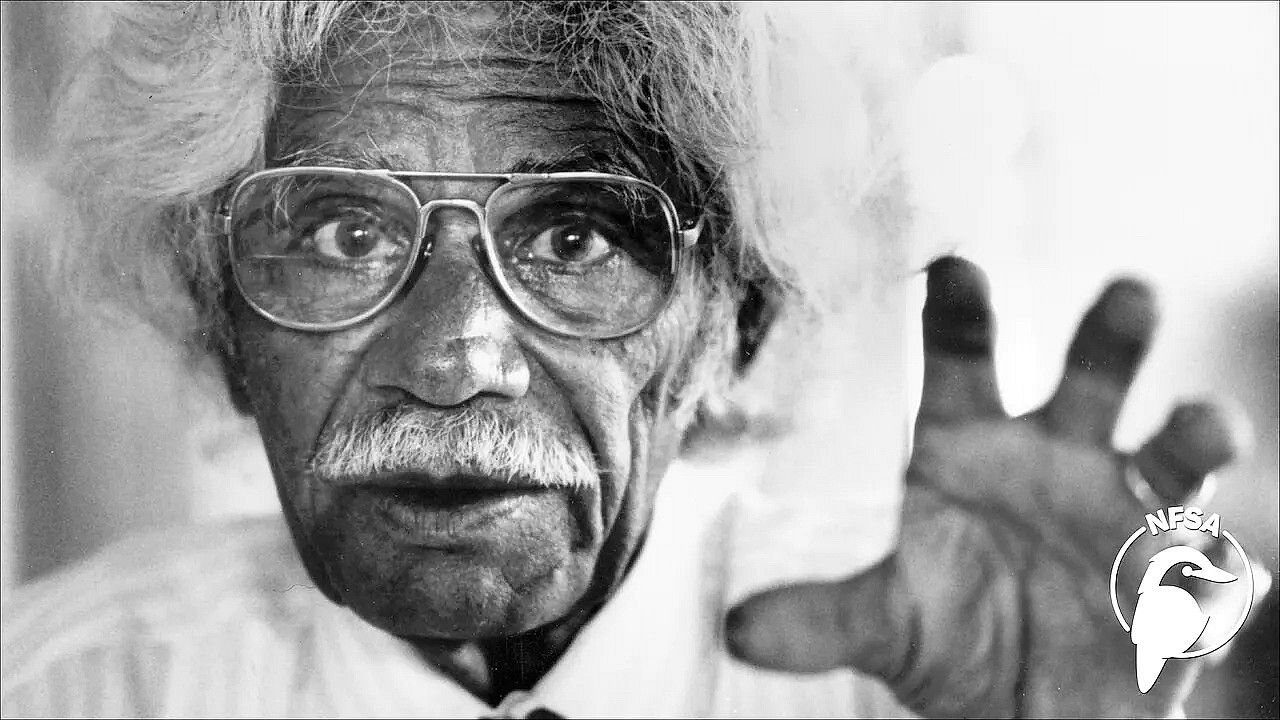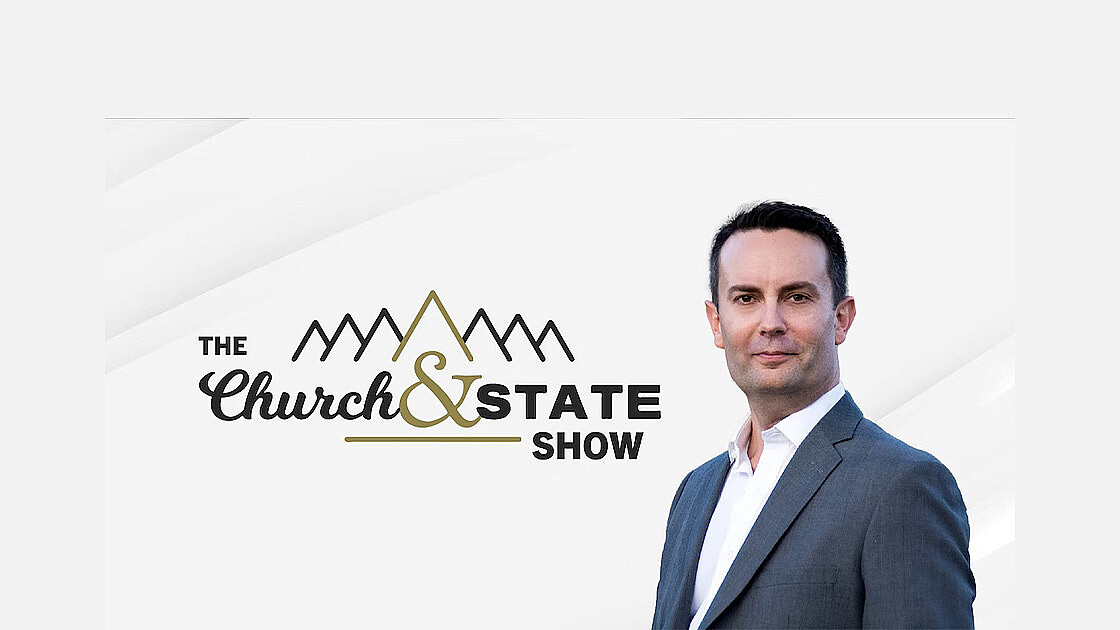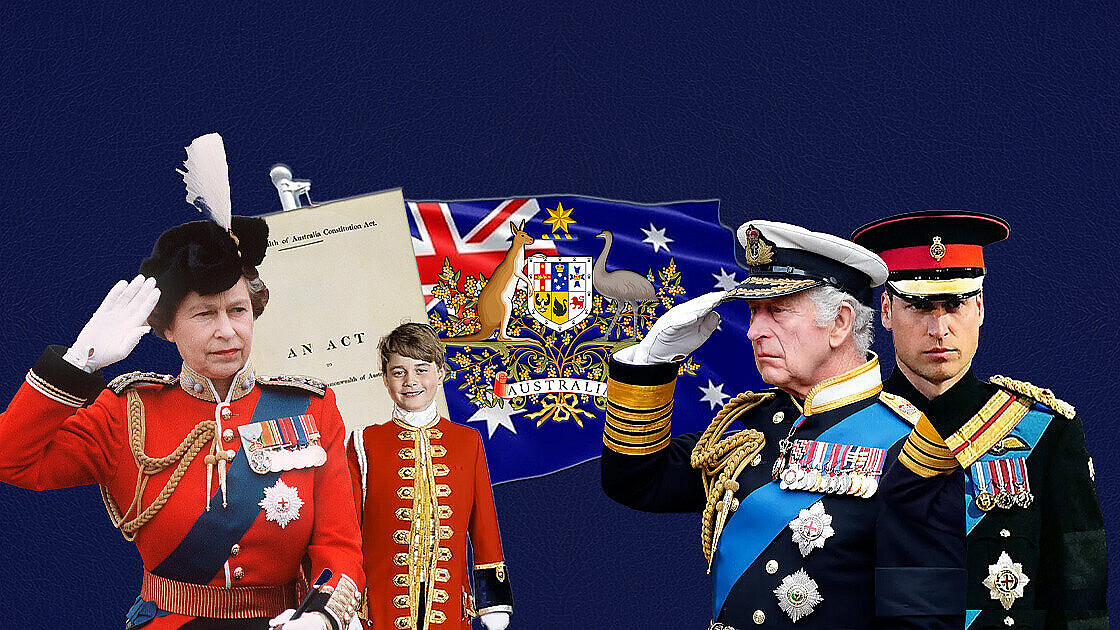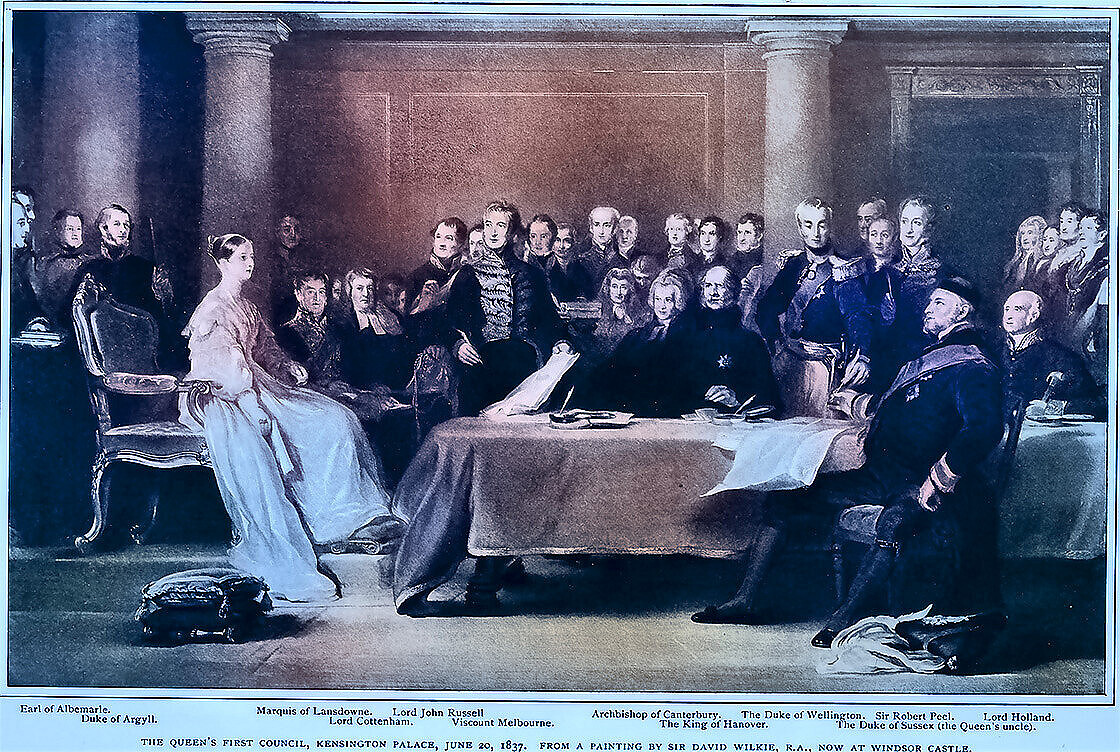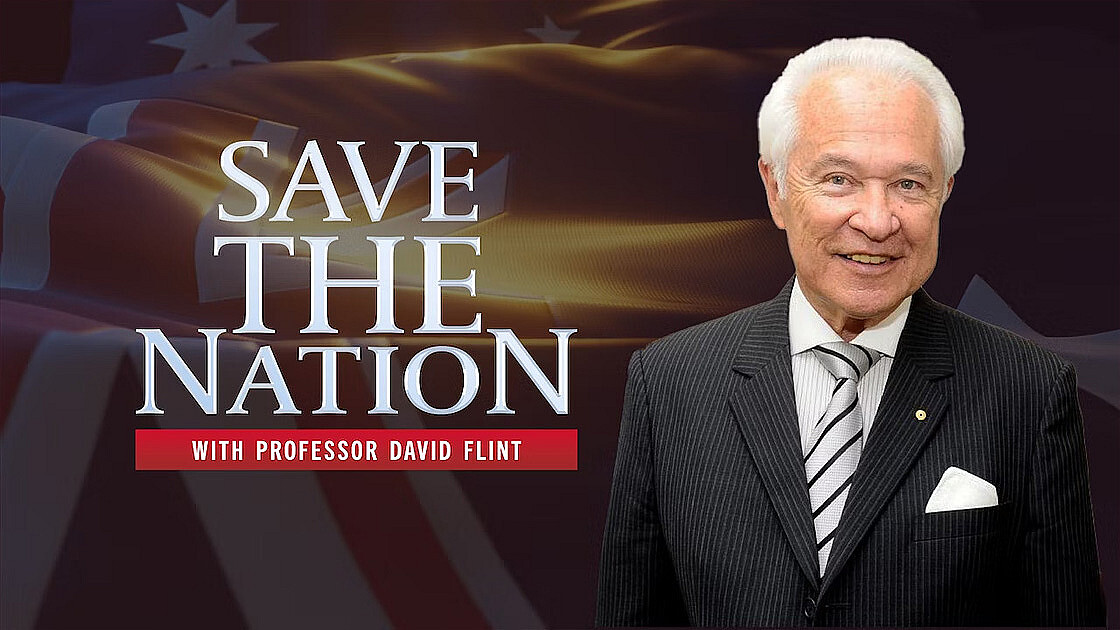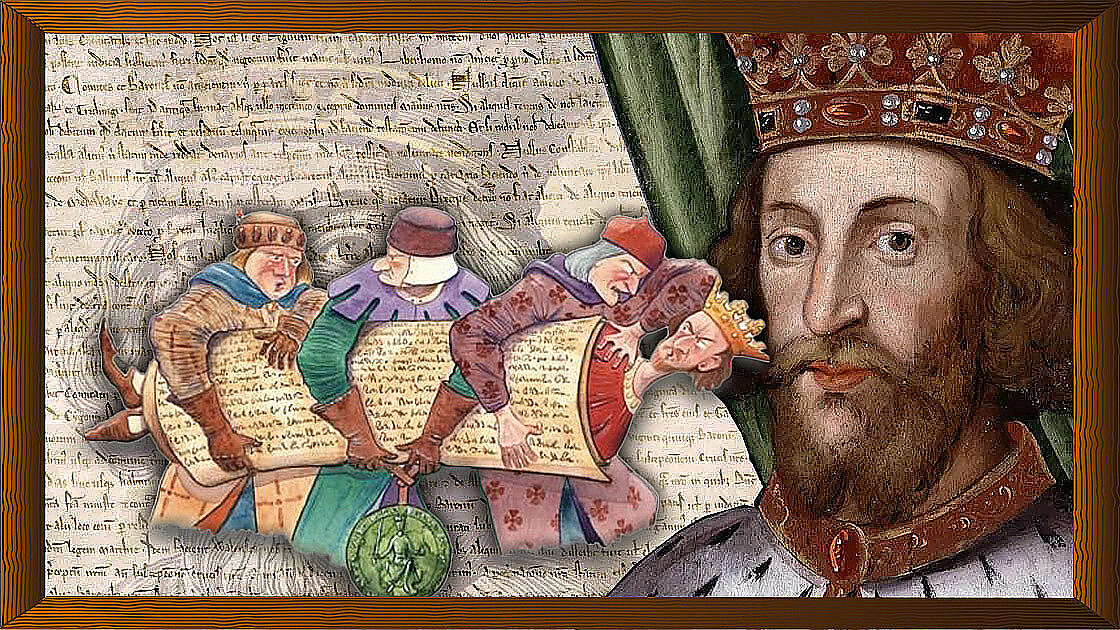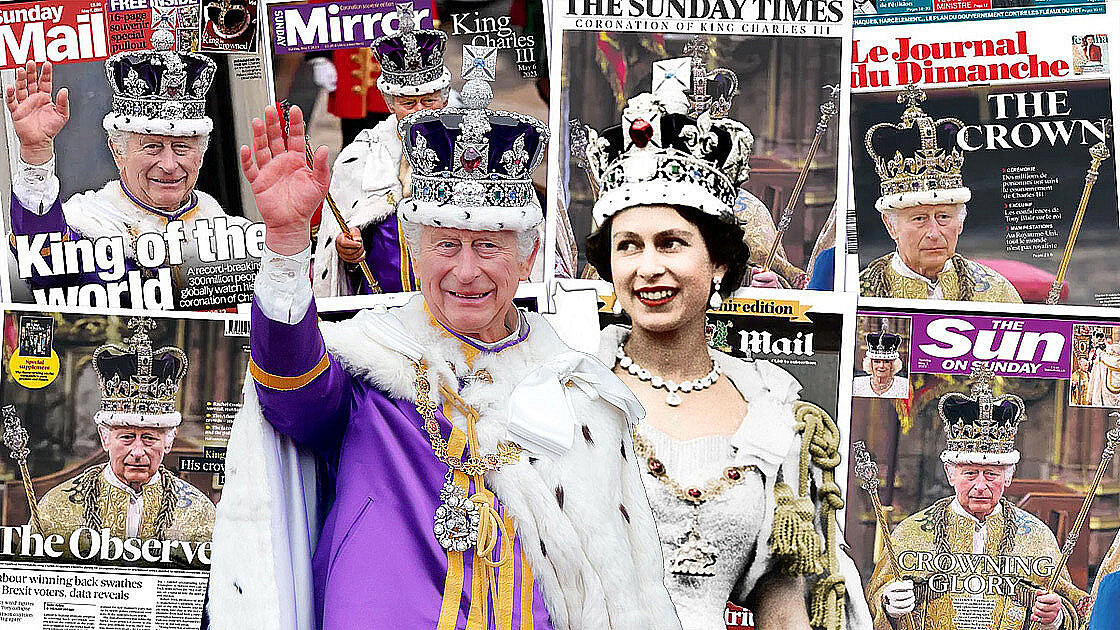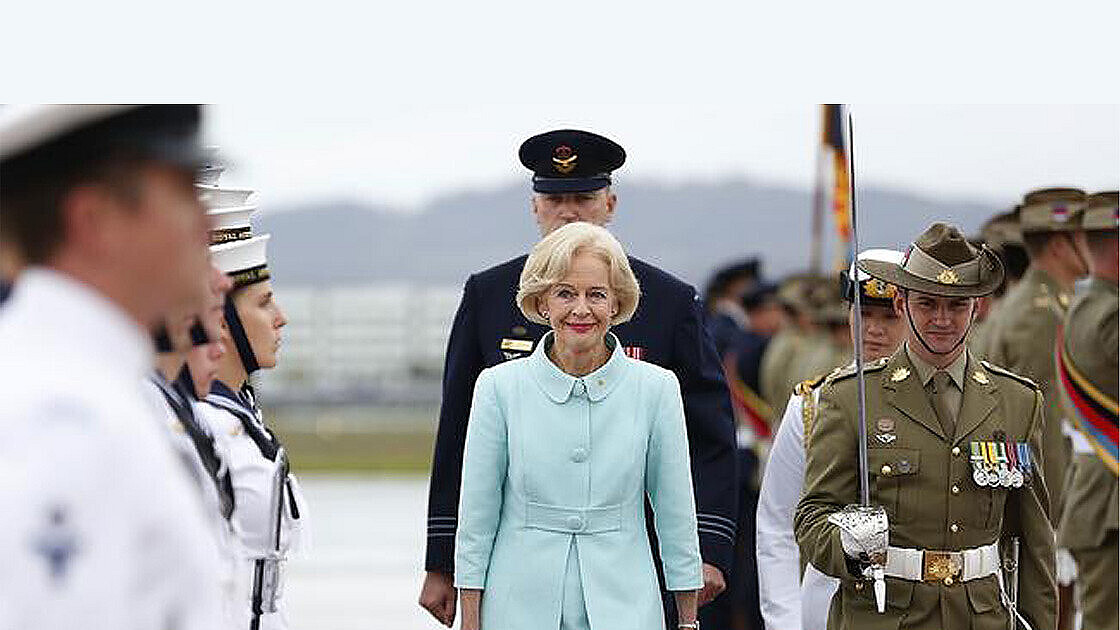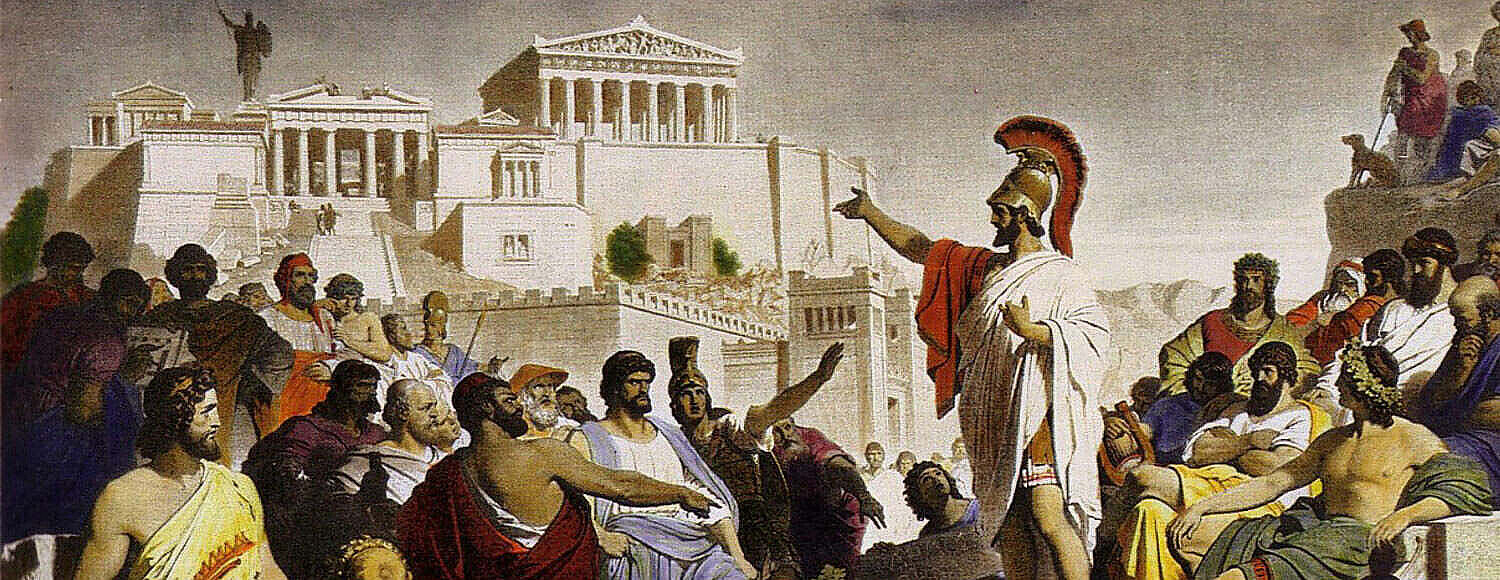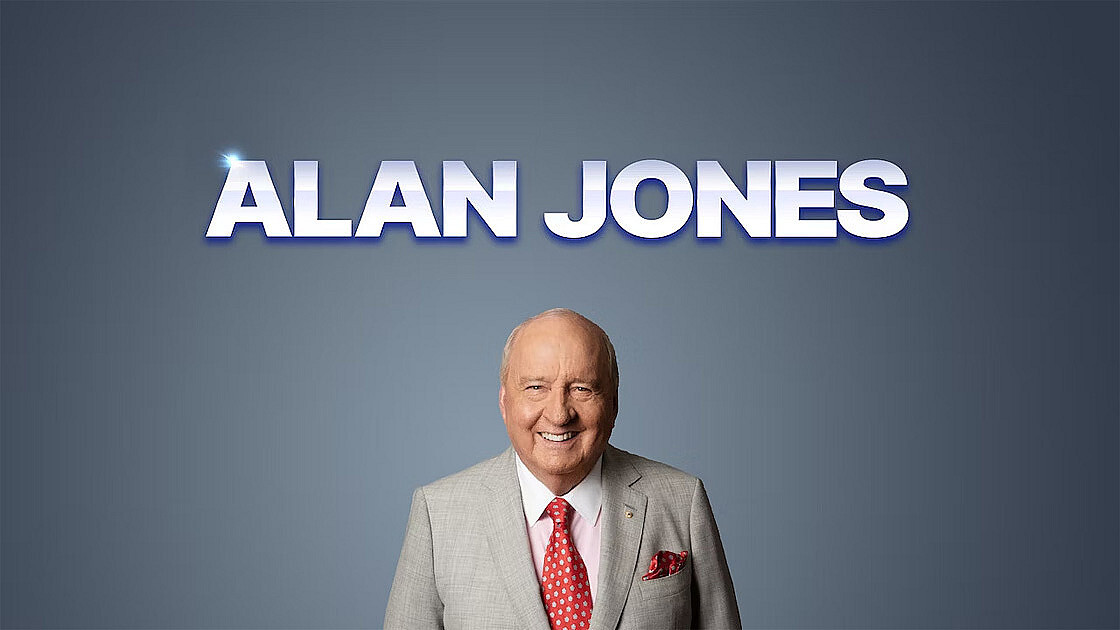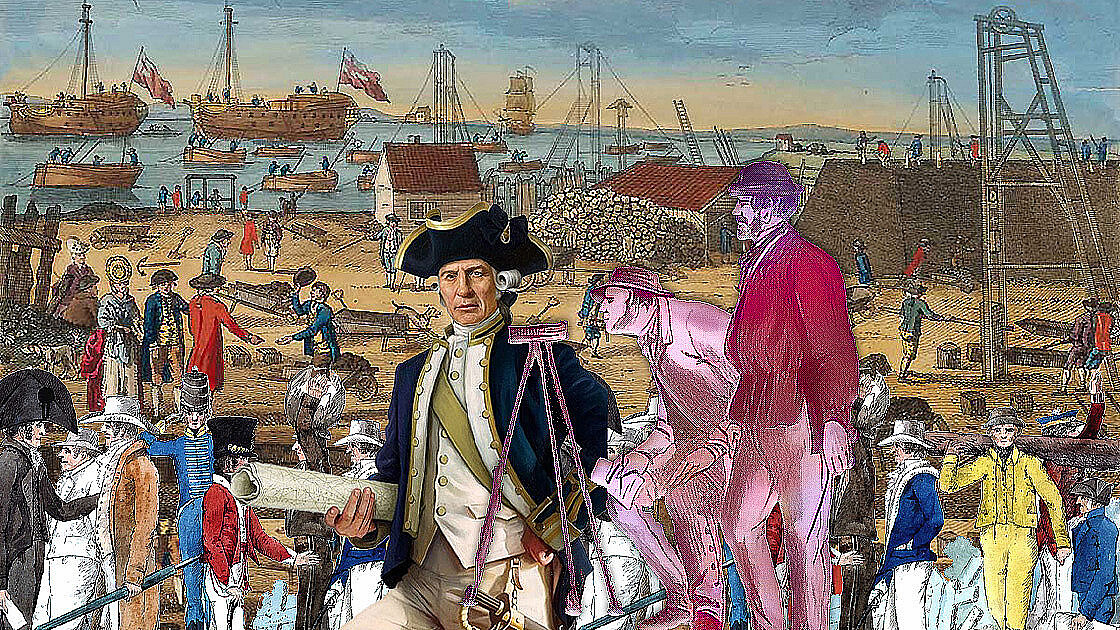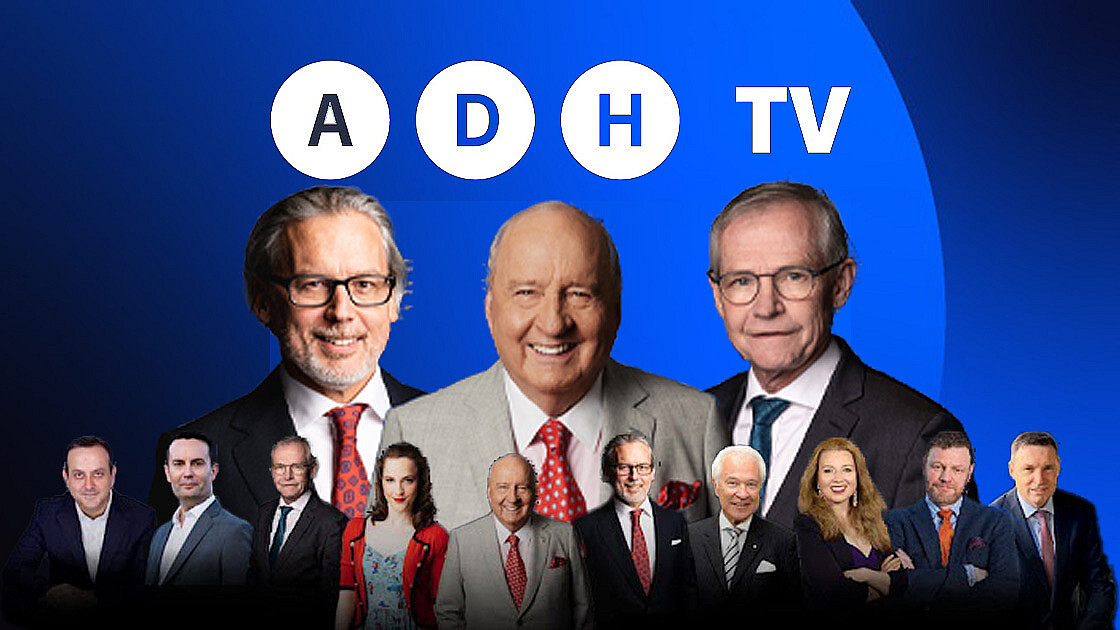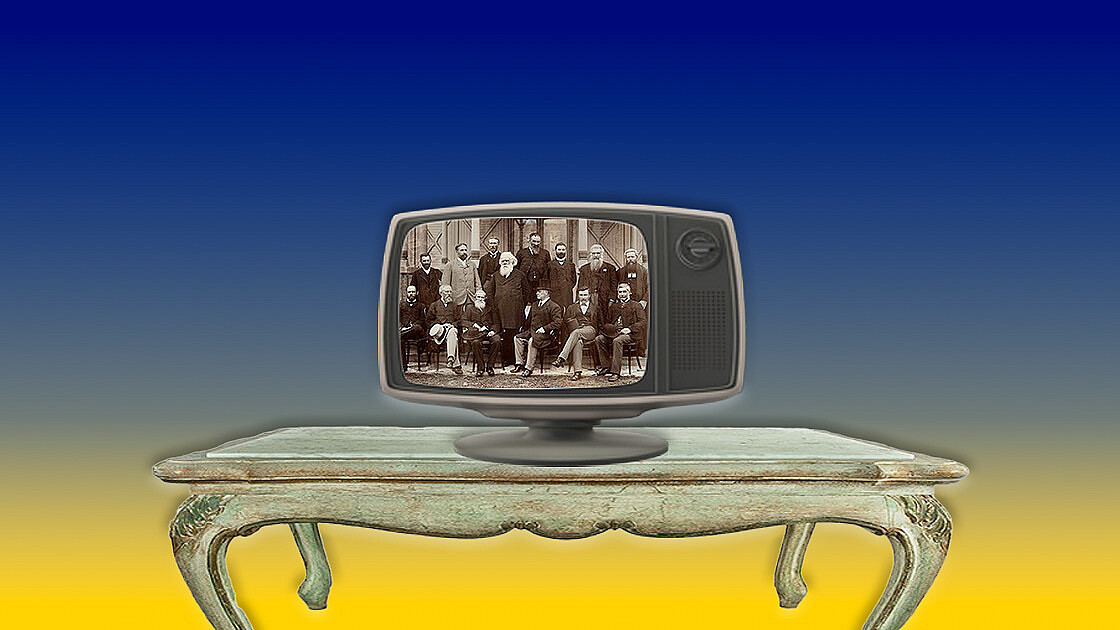The Australia 2020 Summit.
The 2020 Summit was called by the Prime Minister of Australia, the Hon. Kevin Rudd, as an ideas summit of the “best and brightest”. It was held on 19 and 20 April 2008 at Parliament House in Canberra. The Prime Minister described the Summit as” an exciting initiative aimed at harnessing the best ideas for building a modern Australia ready for the challenges of the 21st century. “
The media treated the Summit’s endorsement of a vague, undefined republic as its most important and central recommendation. This emerged with minimal discussion and no details from the Summit’s governance panel by a vote of 98:1 with one abstention. It is hard to take the Summit seriously. Indeed, one leading Republican academic, Professor Robert Manne, described the governance session as resembling a Mad Hatter’s Party. Another respected constitutional authority, Dr Anne Twomey, criticised the resort to chat show formats.
The following comparison between the 2020 Summit and the 1998 Constitutional Convention appeared on the ACM site on 2 June 2008.
The contributions of those arguing for change at the 1998 Convention demonstrate little of the depth and understanding of serious constitutional issues demonstrated in nineteenth-century conventions. Too many Republican delegates seemed intent on telling the Convention about themselves and their moment of conversion. That said, the 1998 Convention stands out as a work of great sophistication compared with the 2020 Summit.
Comparing the republican way with the monarchist style
2 June 2008
With the release of the 2020 Summit Final Report, it is possible to compare the governance styles of republican prime minister Kevin Rudd and constitutional monarchist prime minister John Howard. This has nothing to do with the fact that one is Labor and one Liberal. After all, the greatest Labor leaders were constitutional monarchists. Only Labor has obtained the appointment of members of the Royal Family as Governor-General, and that on two occasions.
...the comparison...
Mr Rudd was widely assumed to be similar to John Howard. At least on republicanism, he’s nothing of the sort, as a comparison between the 2020 Summit and the 1998 Convention demonstrates. This is at its most glaring in the sort of people each wanted. The Summit was for the “best and brightest.”
The Convention was half elected, part ex officio and part selected. It reached out to the rank and file. The Summit governance panel turned out to be at least 98% Republican. Only one constitutional monarchist (Senator George Brandis) slipped through –he was wrongly assumed to be a Republican.
...appointments on merit...
Thirty-six of the 152 places at the Convention were in John Howard’s gift. On the crucial Republican vote, less than one-third of them - a mere ten - voted John Howard’s way. Kevin Rudd made himself and his close friend Dr Glyn Davis co-chairmen of the Summit. John Howard handed over all control to Ian Sinclair and Barry Jones, both Republicans. He left the running to these two, both highly experienced in chairing parliamentary forums.
Kevin Rudd left the governance panel to John Hartigan and Maxine McKew, although neither is experienced in such matters –and it showed. But both share Rudd’s views on a republic.
...control, transparency...
John Howard participated as an ordinary delegate, and Kevin Rudd retained control as ultimate co-chair. John Howard saw that the Convention debates were recorded in Hansard and, with the two experienced chairmen, ensured the process and decisions were completely transparent and on the public record. Not so the Summits.
The crucial decision on governance was a call to end ties with the UK. But the next day, Alan Jones on 2GB pointed out the embarrassing fact that such ties went years ago. Ten days later the Summit record was surreptitiously changed, and without any vote.
In its place is a call for a plebiscite.
...scuttling the direct elect Republicans...
This was not only to get around the embarrassment of all those eminent lawyers relying on such an elementary error of law and fact. It was also used to score a victory over the “direct elect” Republicans who want the people to elect the president. They haven’t woken up to this yet. When they do, they will be extremely angry. This change in the record eliminates the second plebiscite to choose a model that Kim Beazley had promised.
The slower conservative Republicans hadn’t grasped the fact that this second plebiscite would guarantee the referendum would be on the direct elect model. One-time monarchist and Australian Catholic University Vice-Chancellor Greg Craven has been taking them aside for years and explaining this. But rather than producing the “wrong” republic, he says it will only delay any republic.
He is on record as saying it will result in an even bigger defeat than in 1999. It will, he says, ensure Australians live under the reign of not only King Charles III but also King William V.
...jobs for the boys...
In the meantime, when the Summit accounts went to Senate Estimates, the nation learned that the jobs for the boys - and girls- ethic still prevails. Confirming revelations in The Age, a company owned by a staffer and run by his wife, was paid $56,000. The co-chairmen’s office charged $317000 for “cost recovery.” A number of juicy appointments were made without any tender process. So did John Howard when he appointed Ian Sinclair and Barry Jones. But they didn’t charge, and they had the opposite view to his on a republic. And both proved to be more than up to the job.
...decisive...
When the Convention finally made up its mind and called for a republic but then rejected every model, John Howard immediately did the sensible thing. He announced he would put the model preferred by an overwhelming majority of Republican delegates to the referendum. For this, he received rare and enthusiastic praise from the Republicans, the media and the political class.
Kevin Rudd instead has talked about shaking trees, saying the government would indicate its views, probably at the end of the year. He realises a referendum is doomed and so probably is a plebiscite. But having the issue simmering keeps the elites and the “serious” media on the side. The excitement about a republic at the Summit demonstrates that. So we are likely to see a review, a committee or even a whole new agency with a mission, vision and key performance indicators to “progress” the issue. Whether it’s inclusiveness, appointments on merit, transparency, or decisiveness, the contrast between the Rudd Republican and Howard monarchist styles could not be more glaring.
